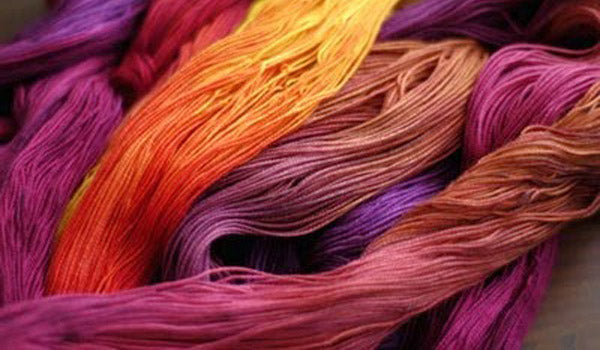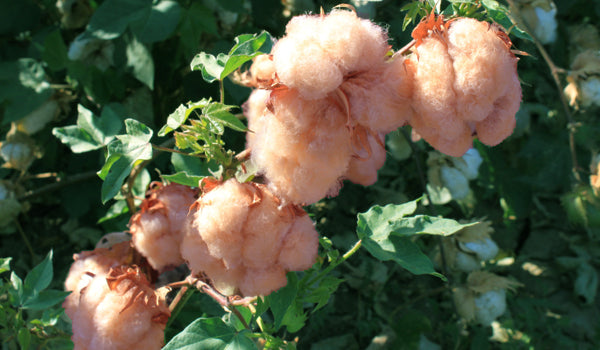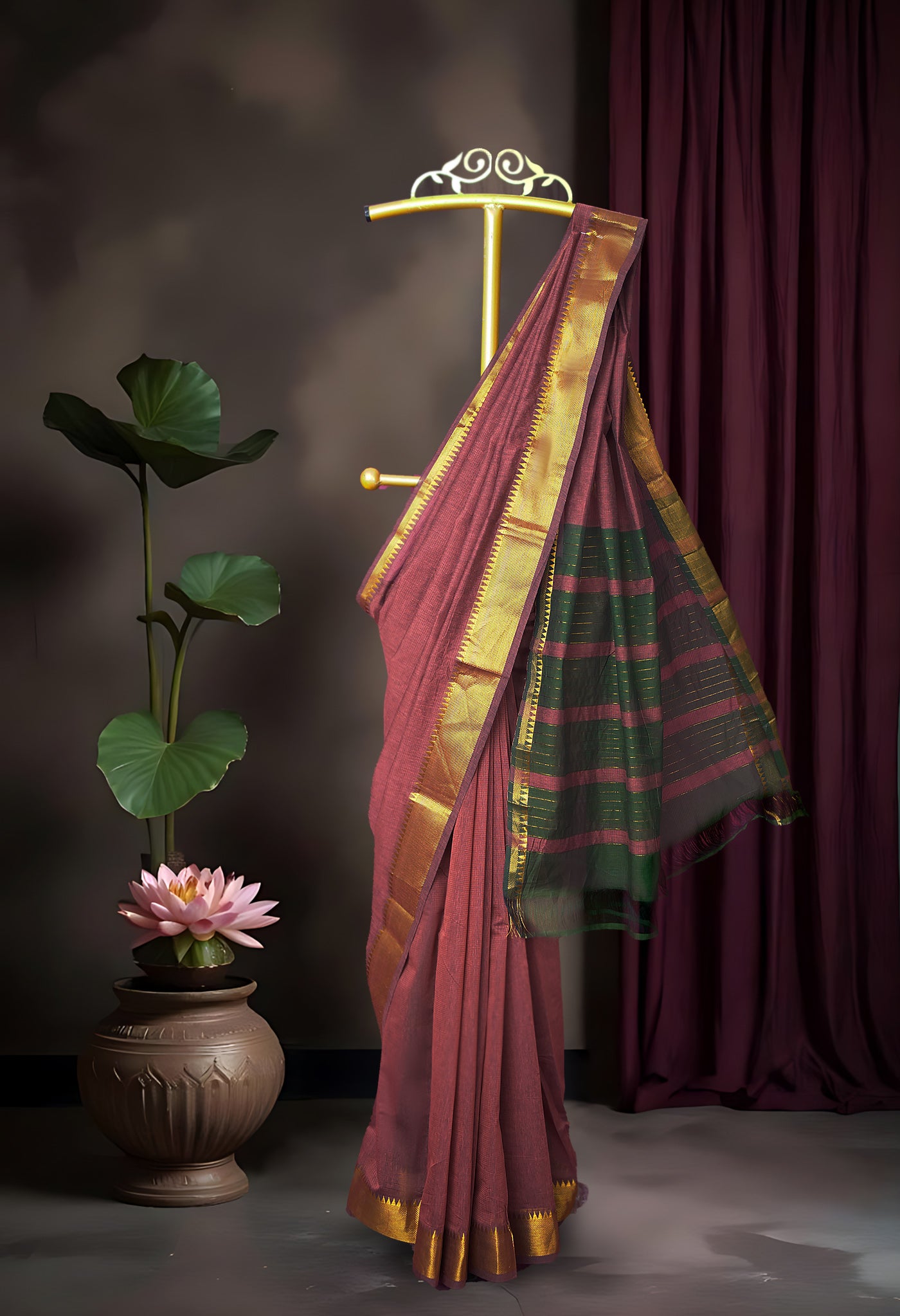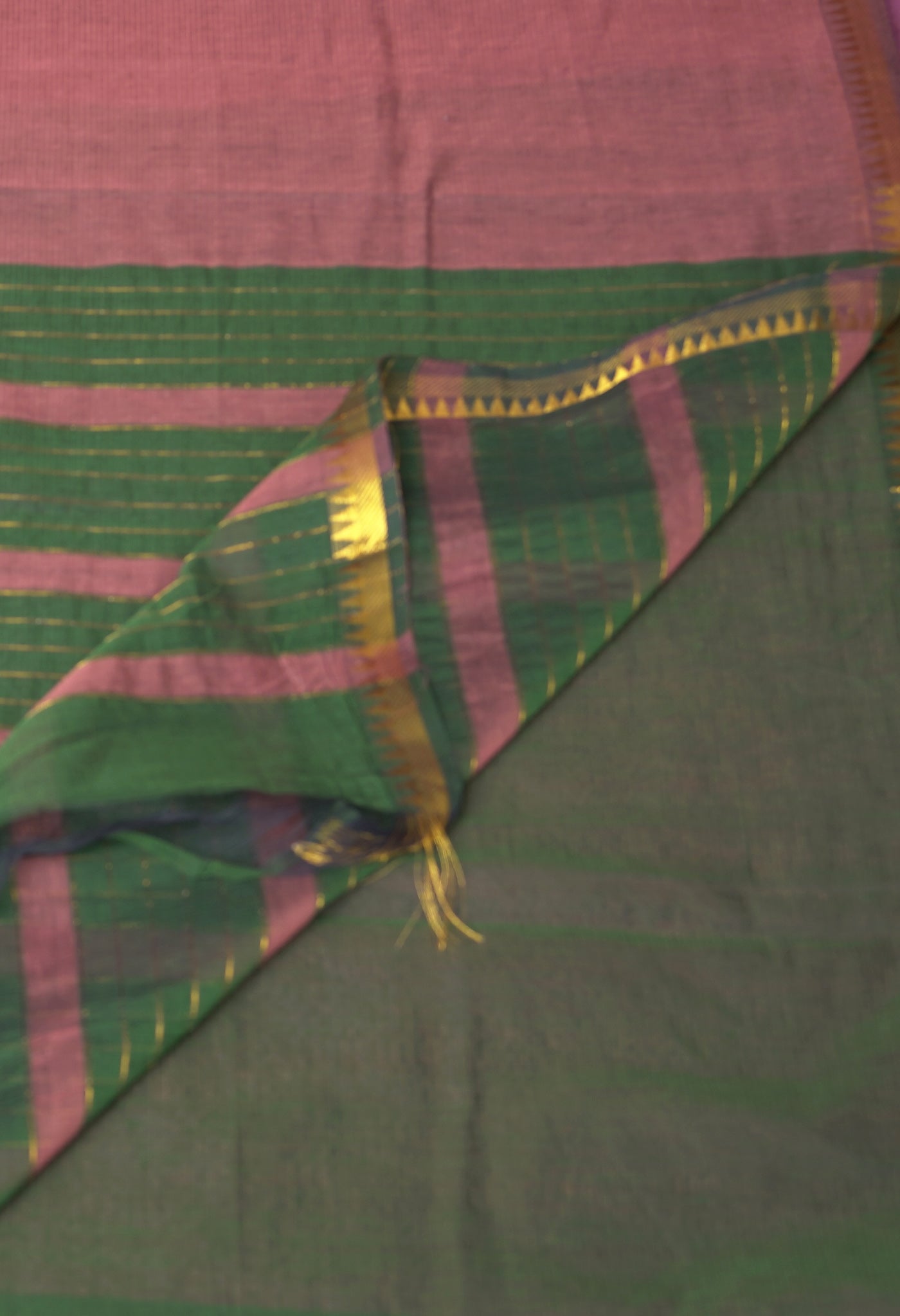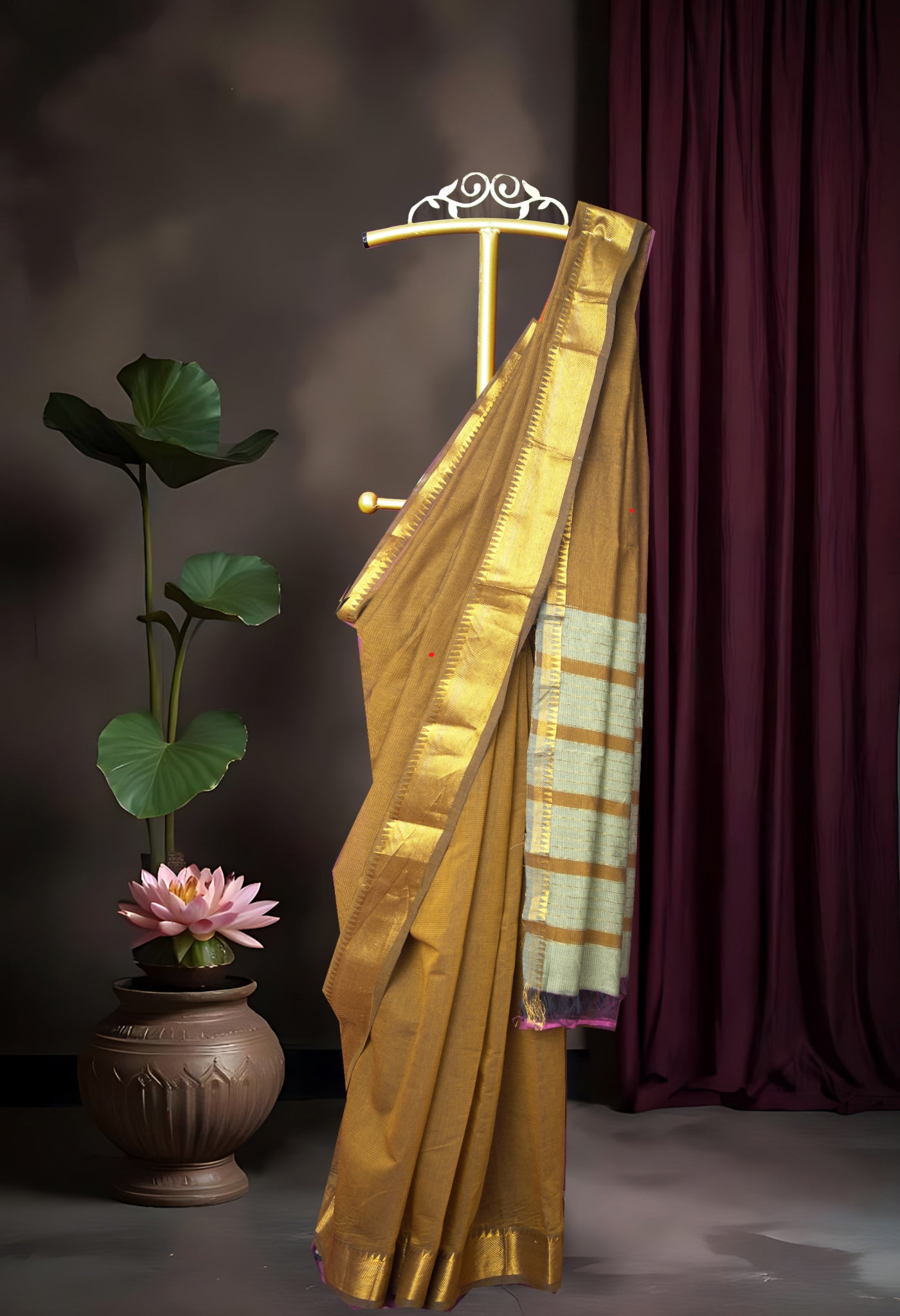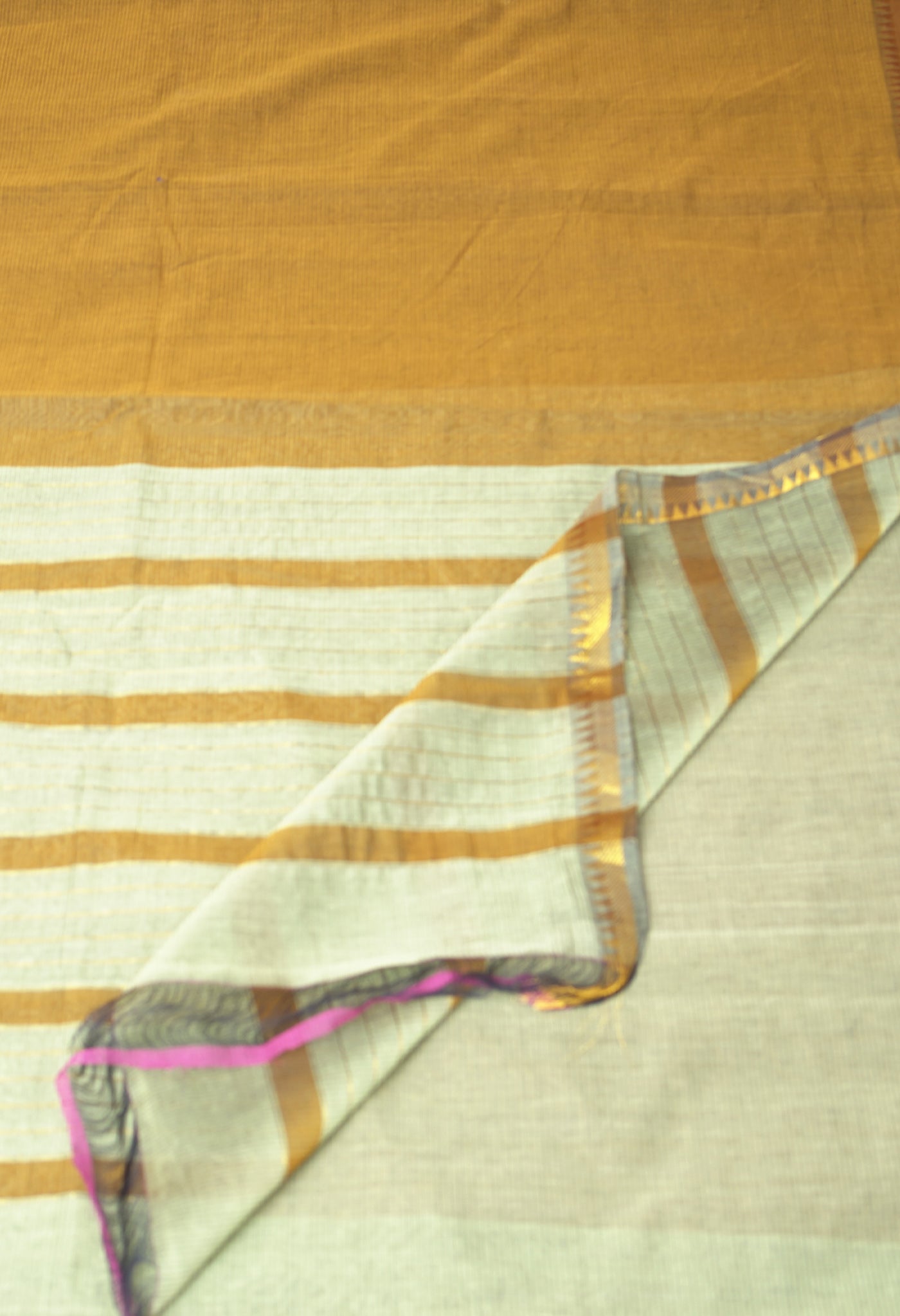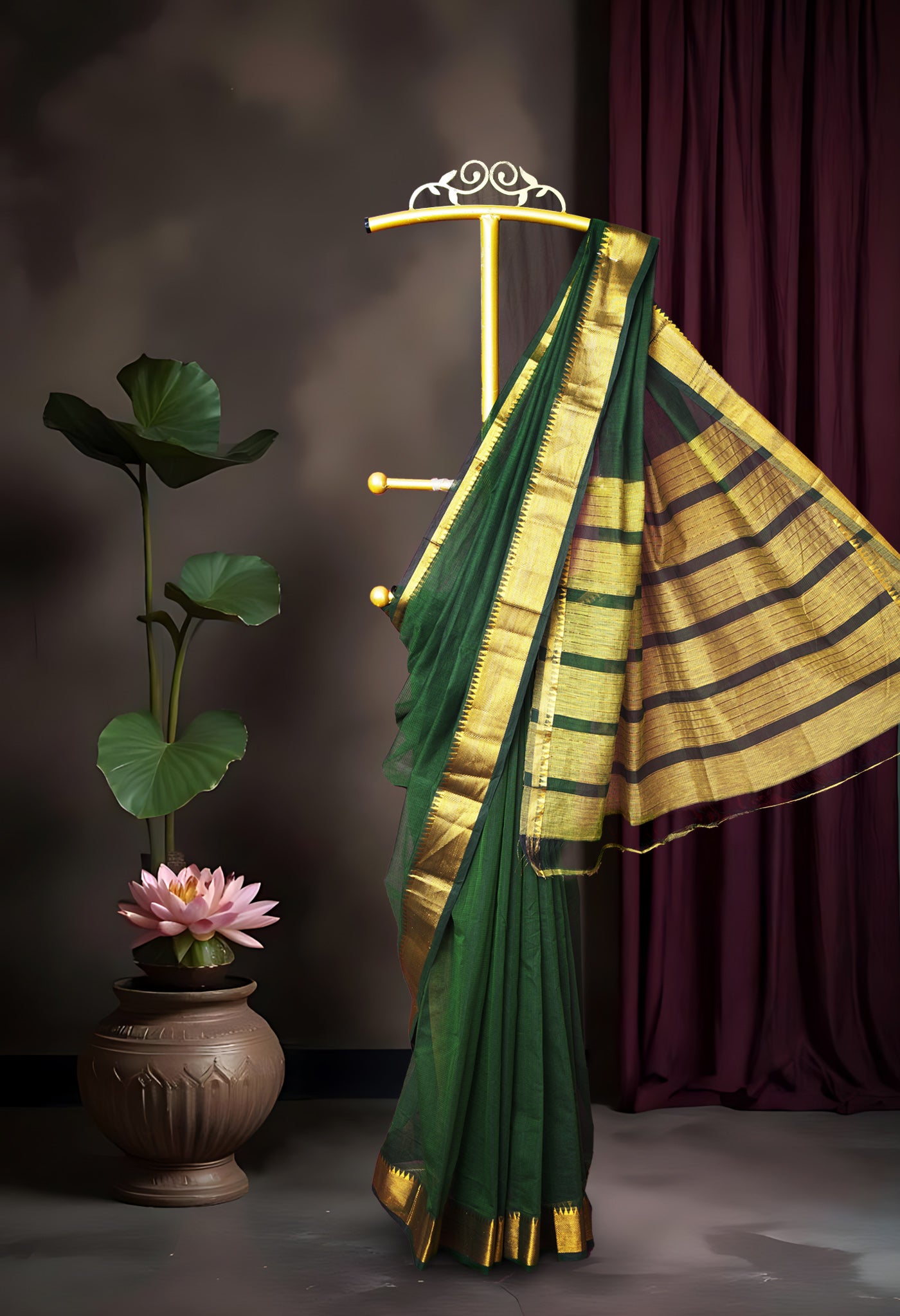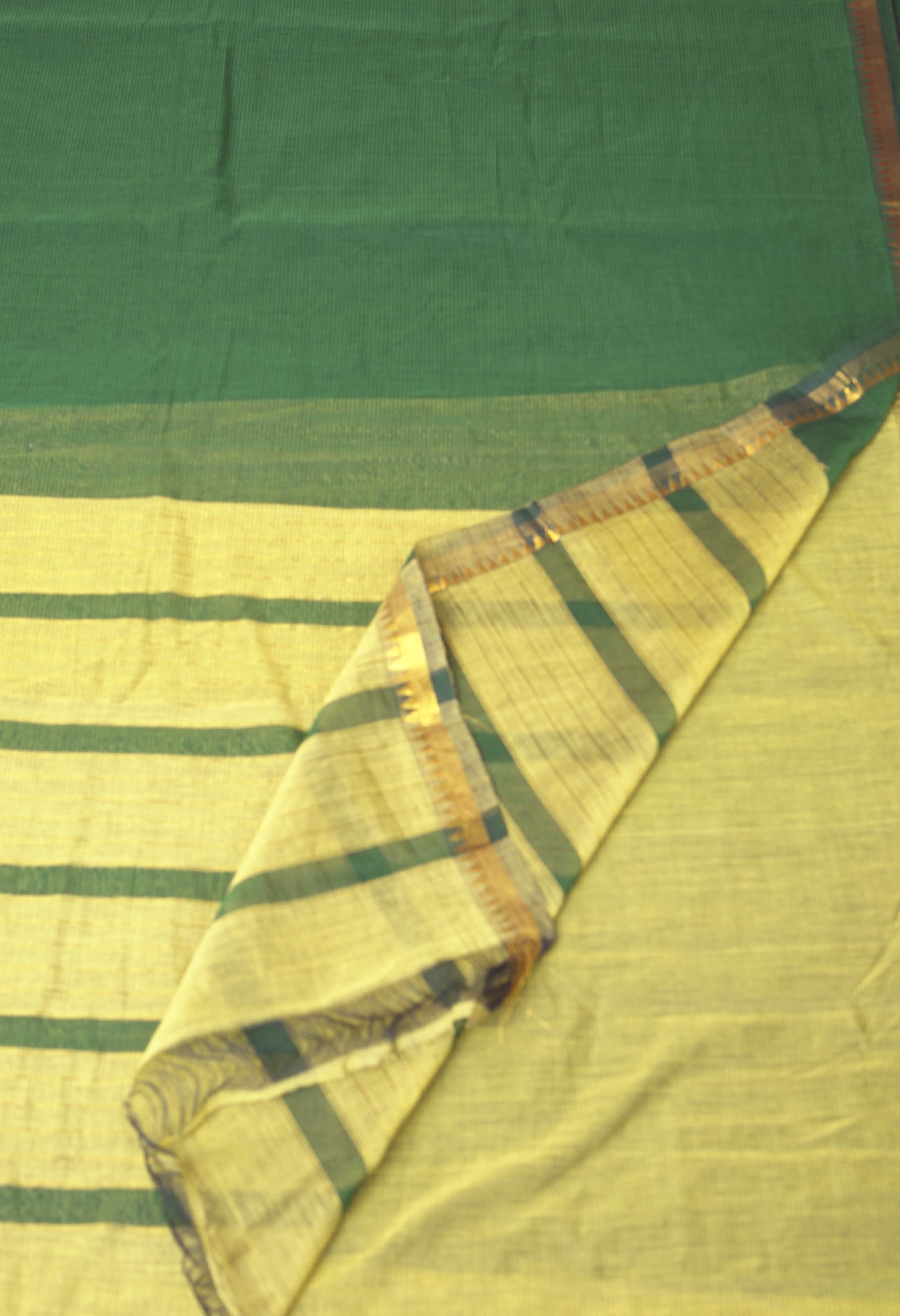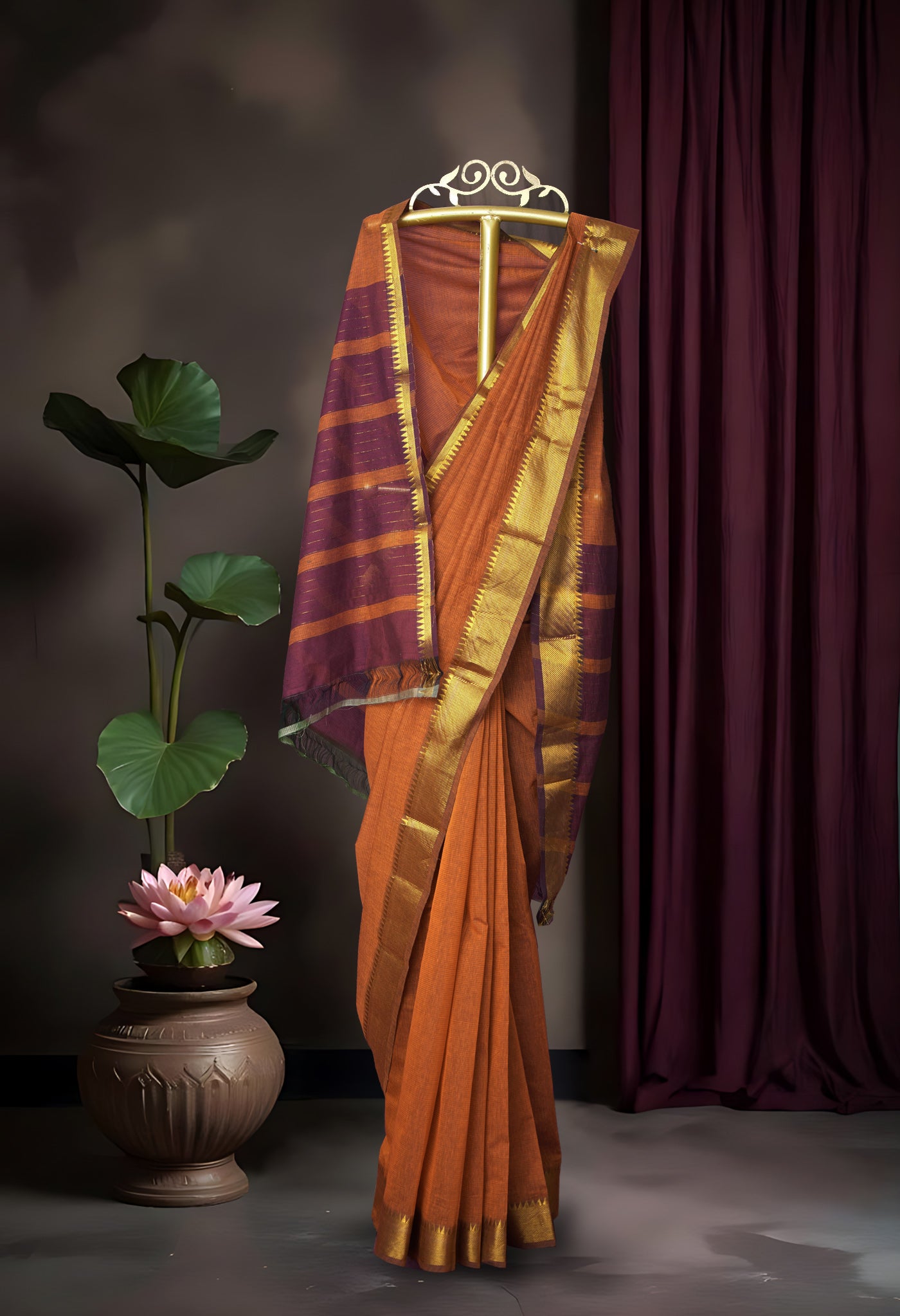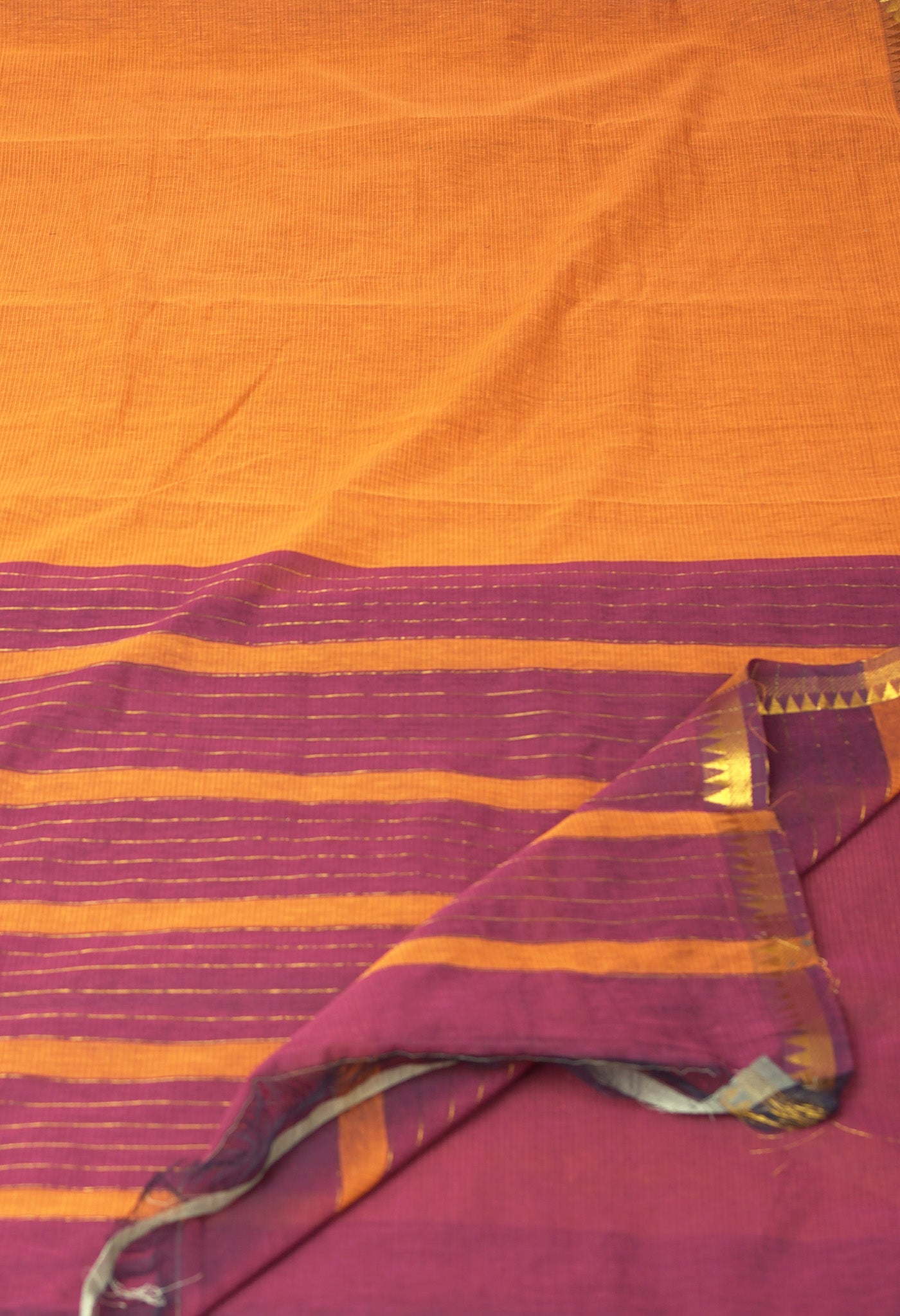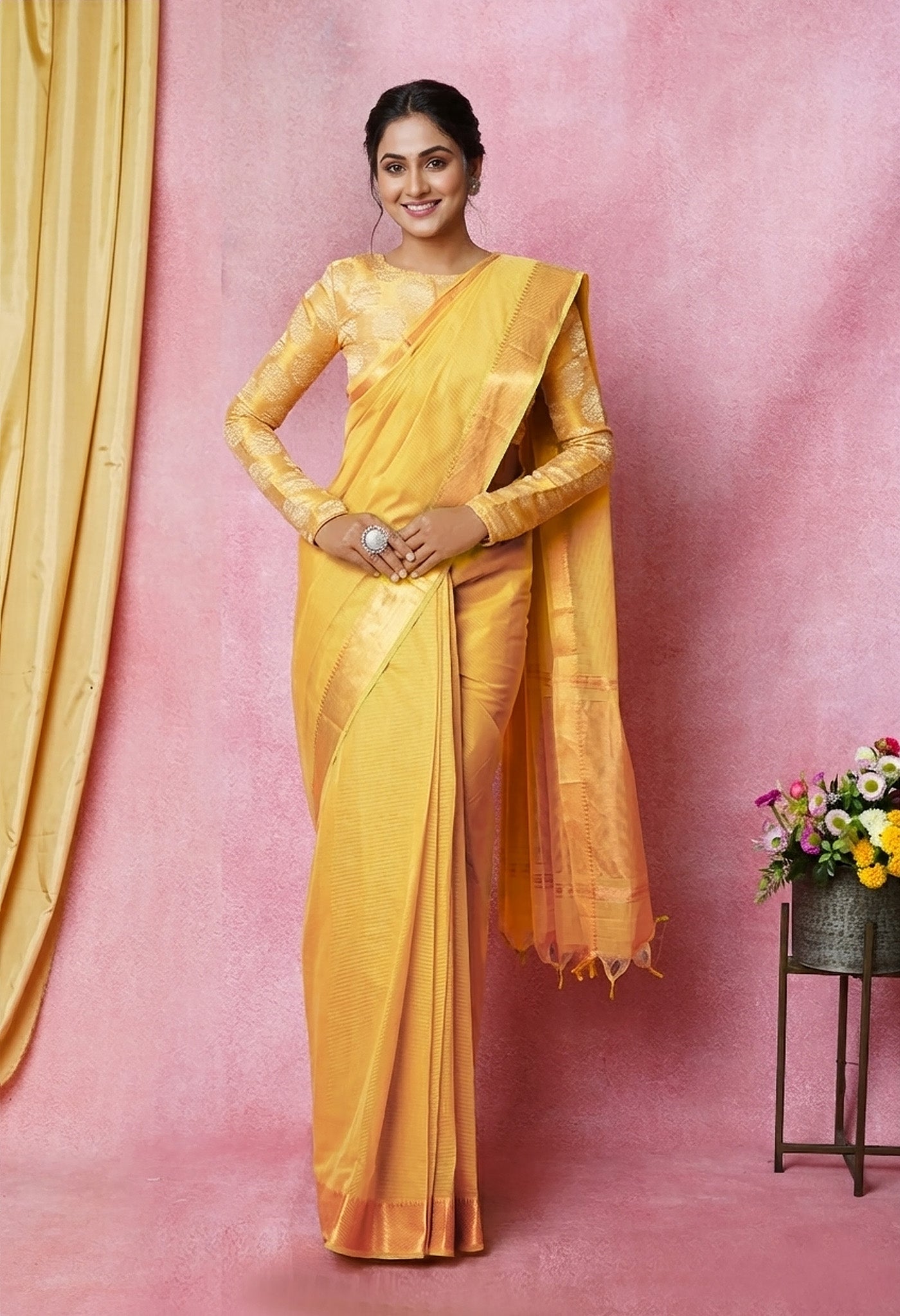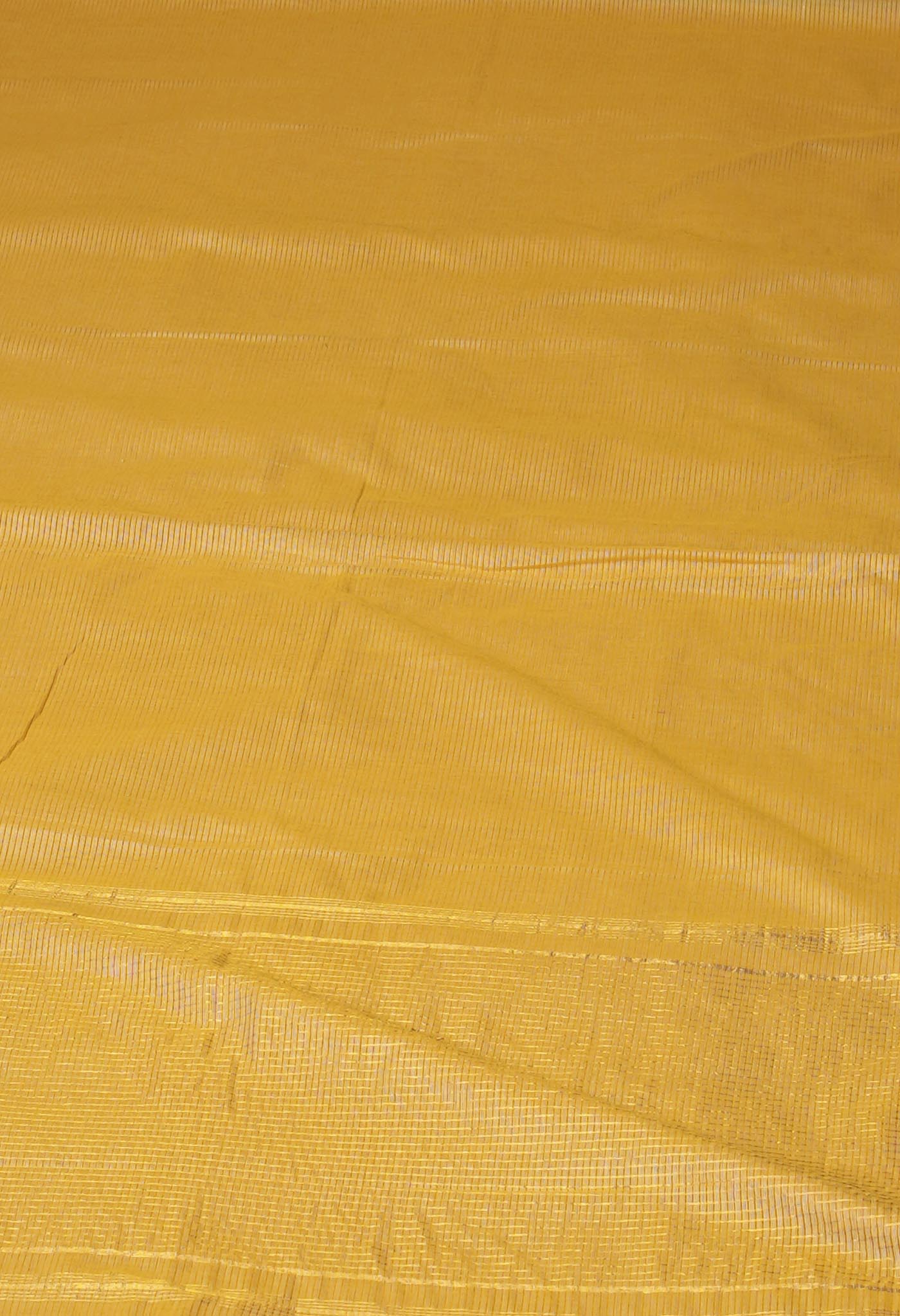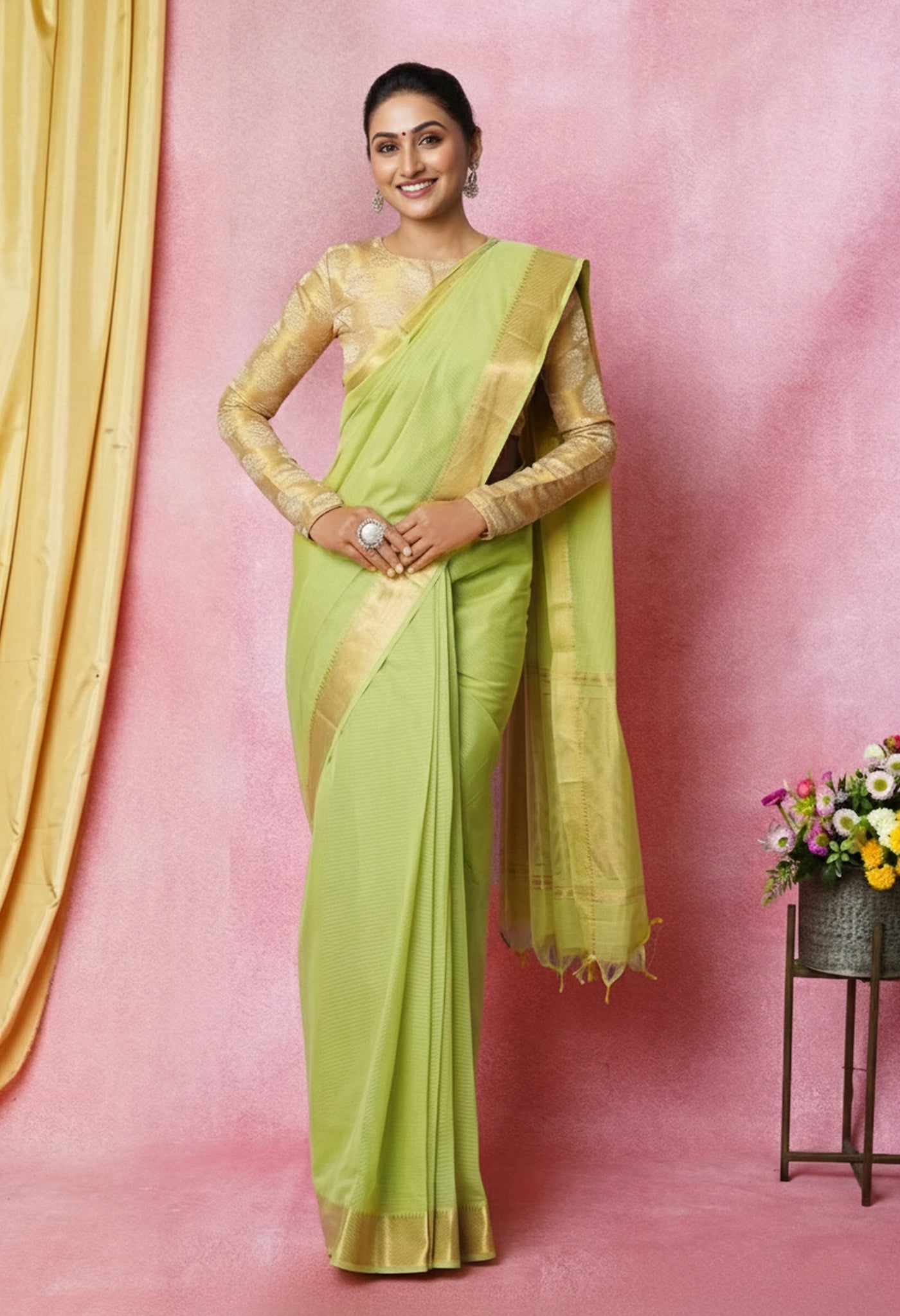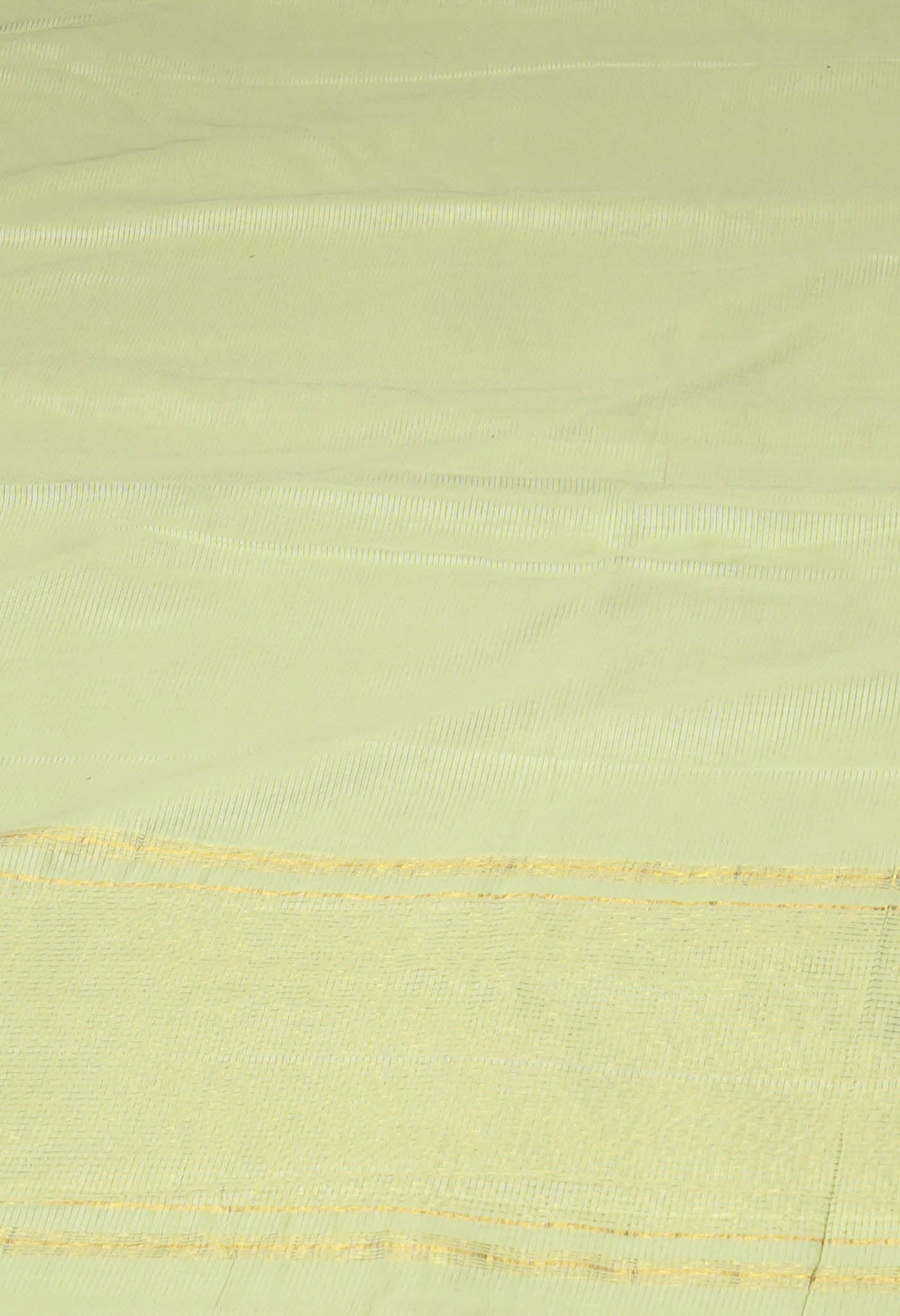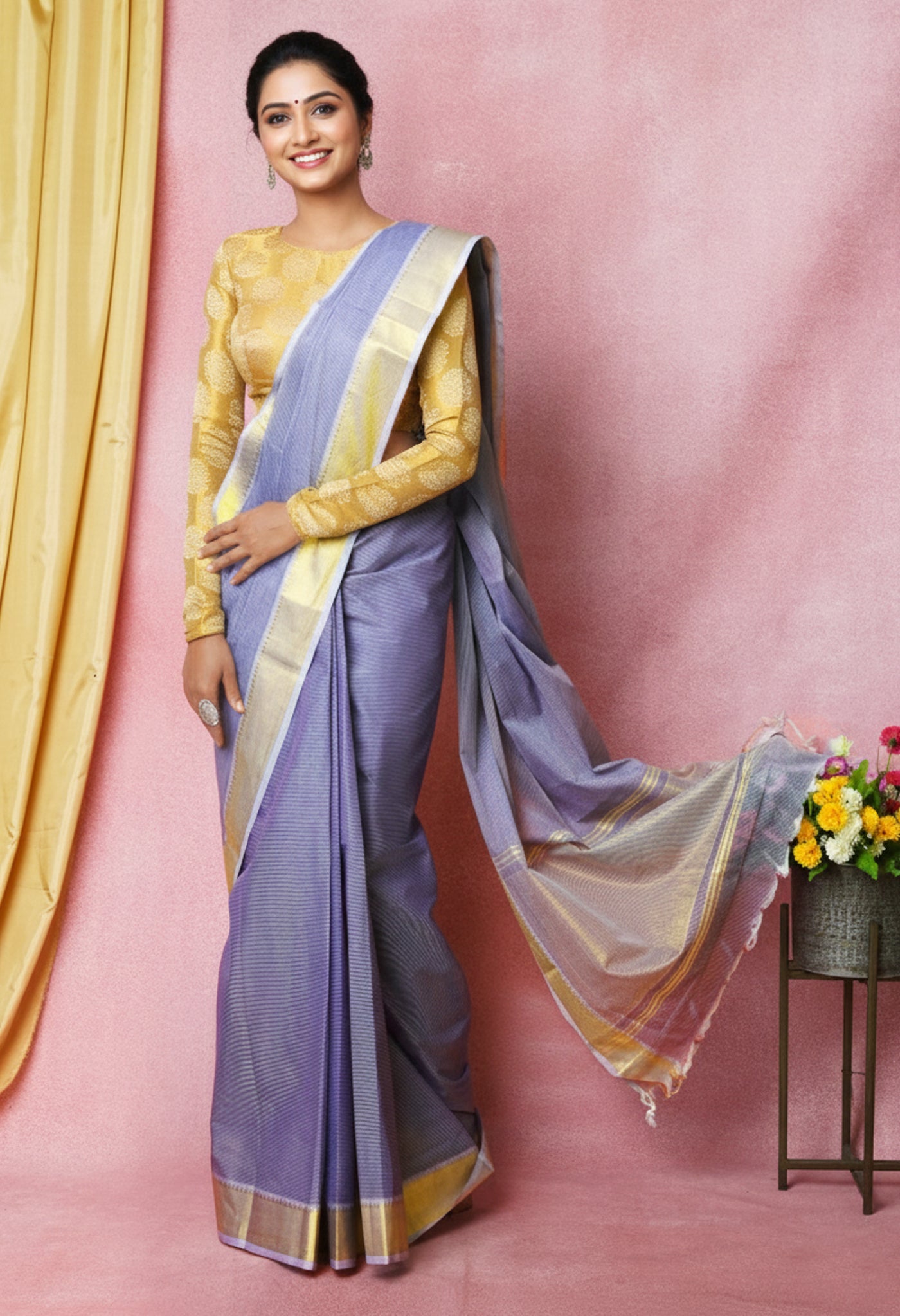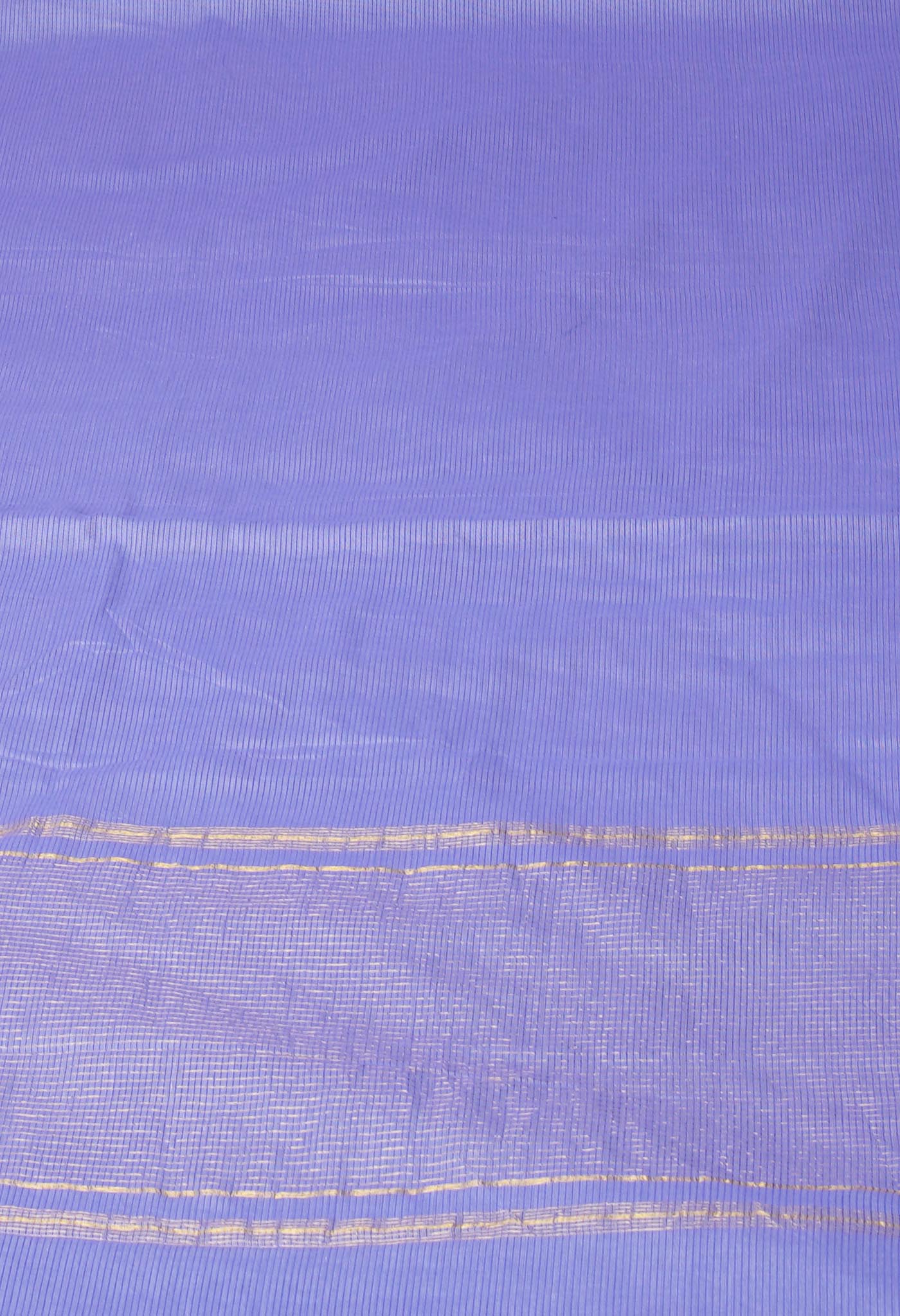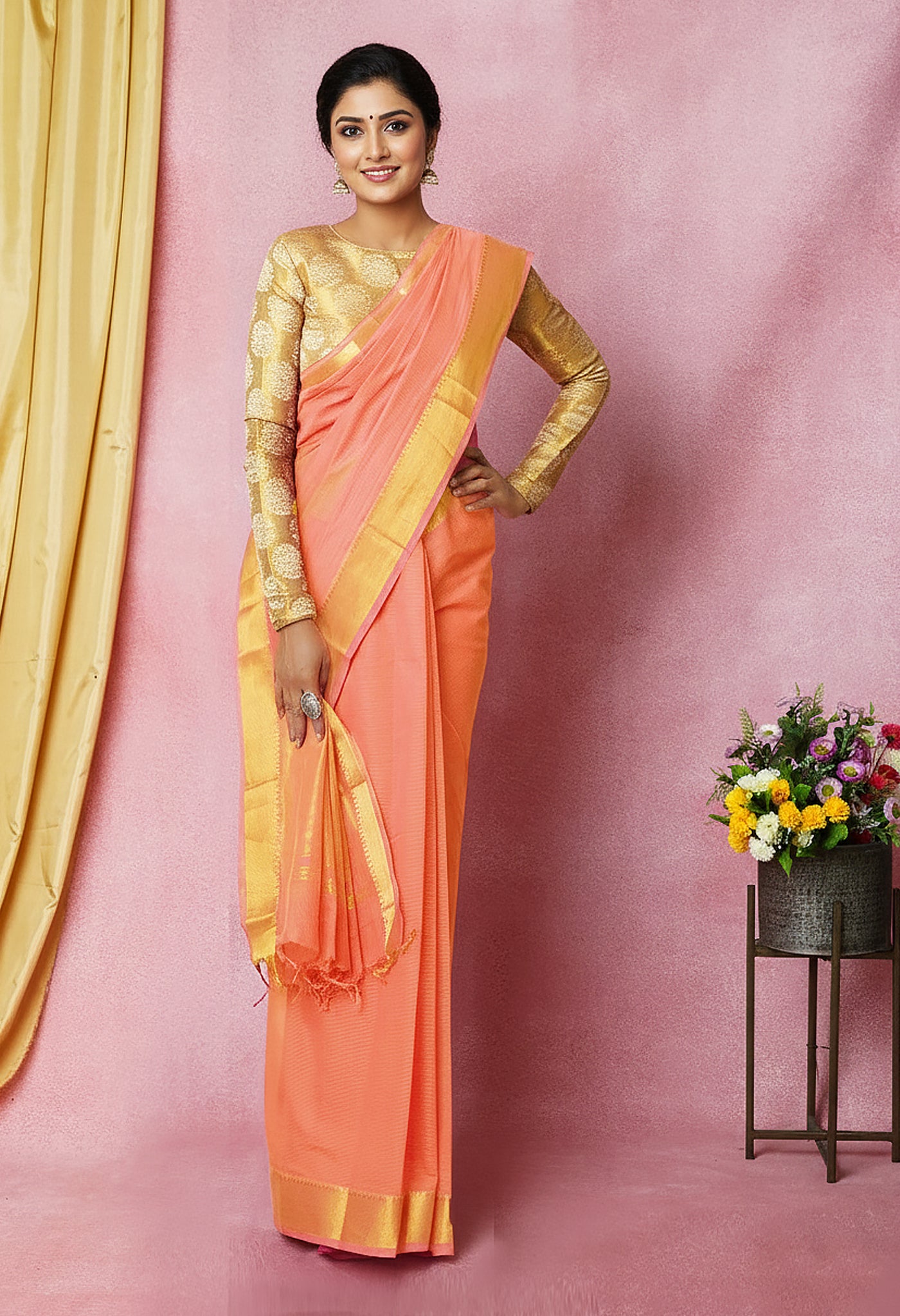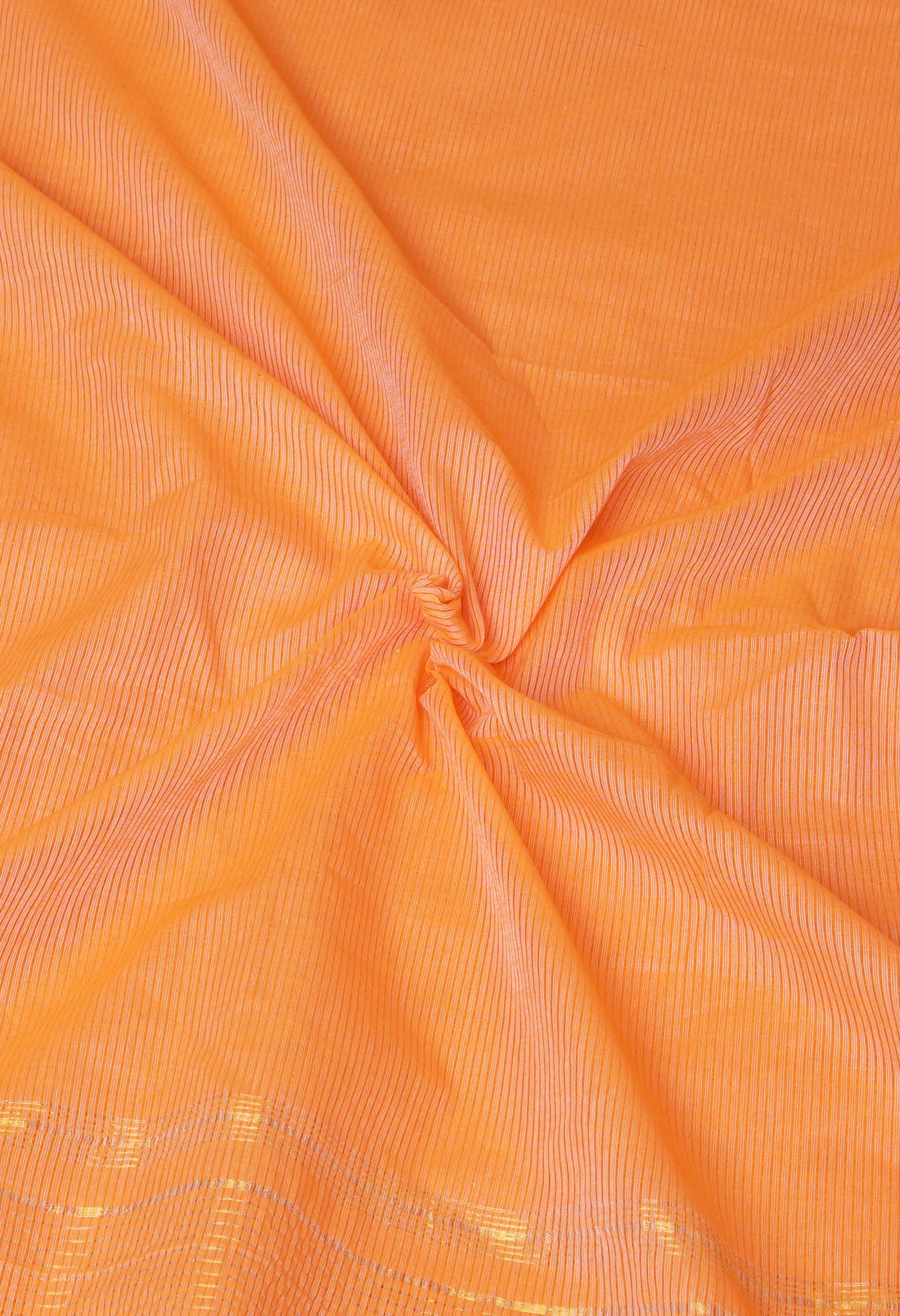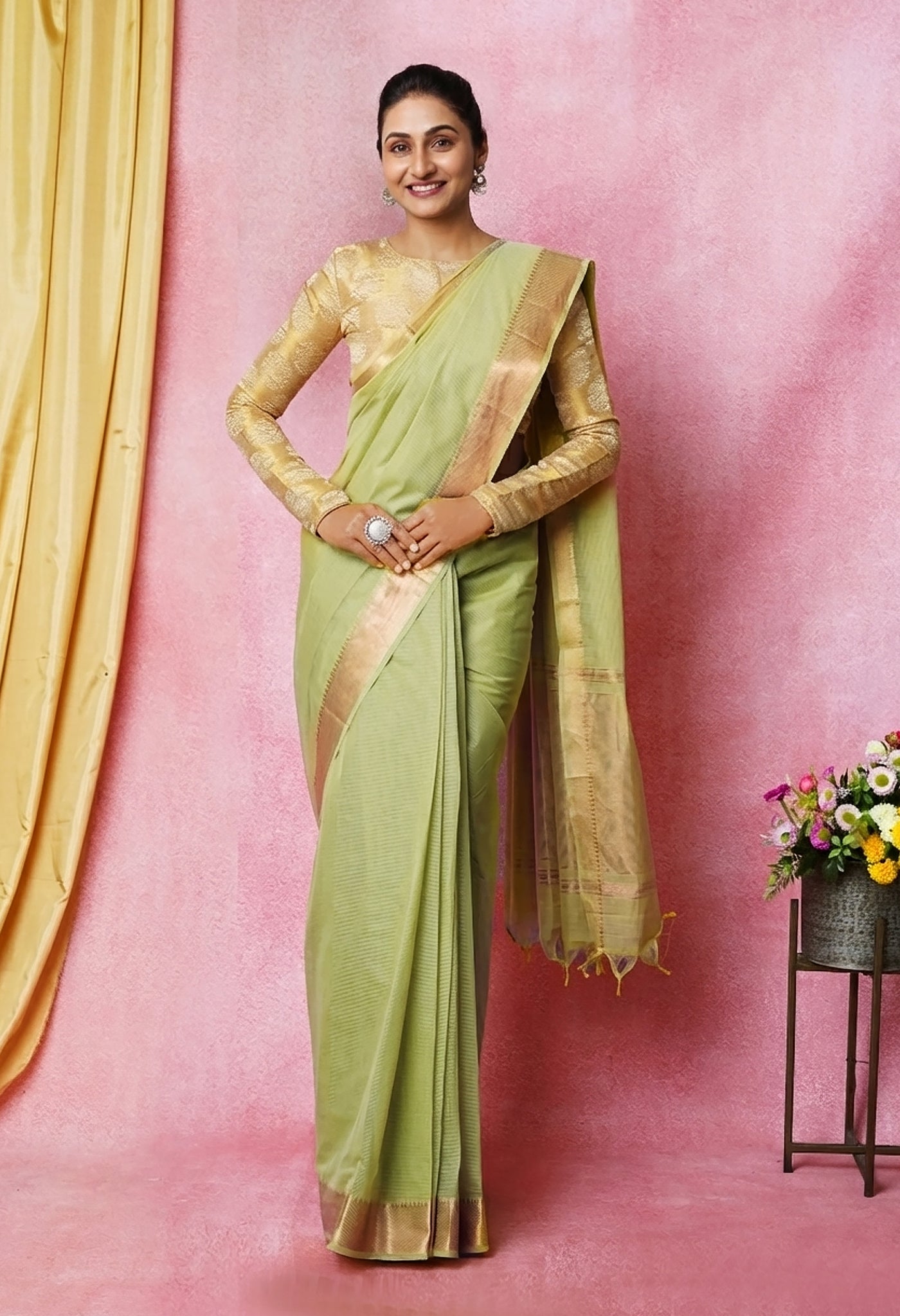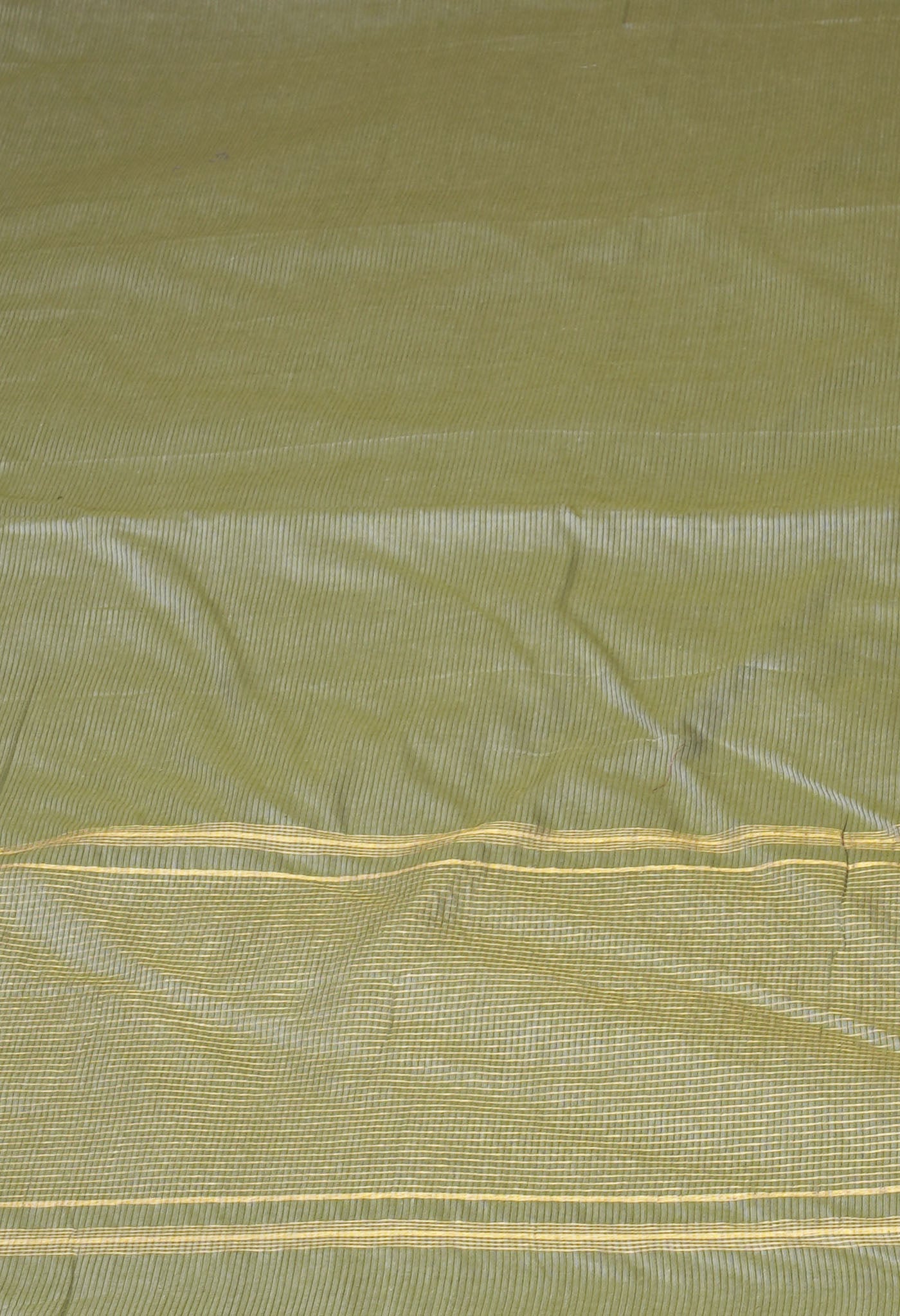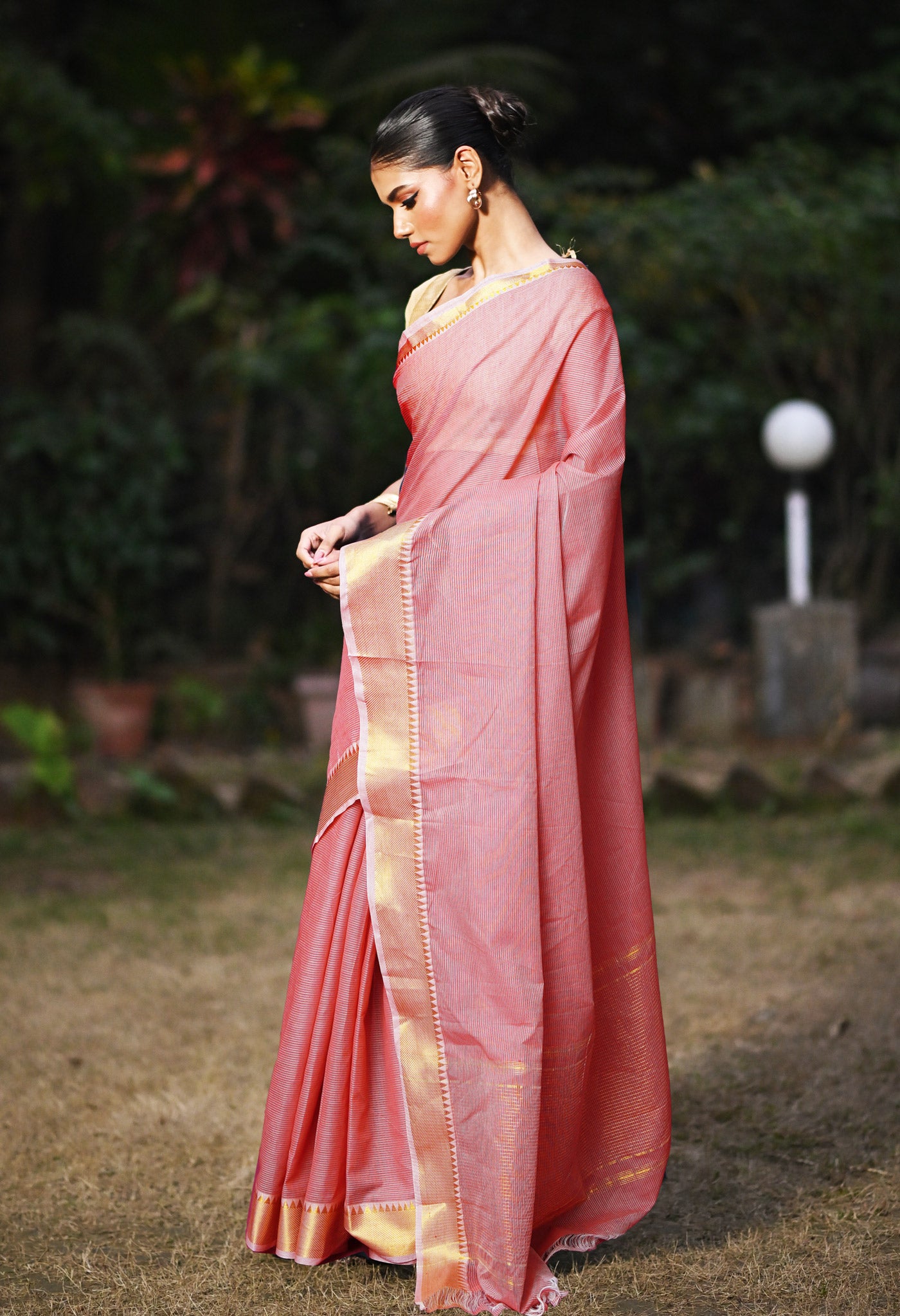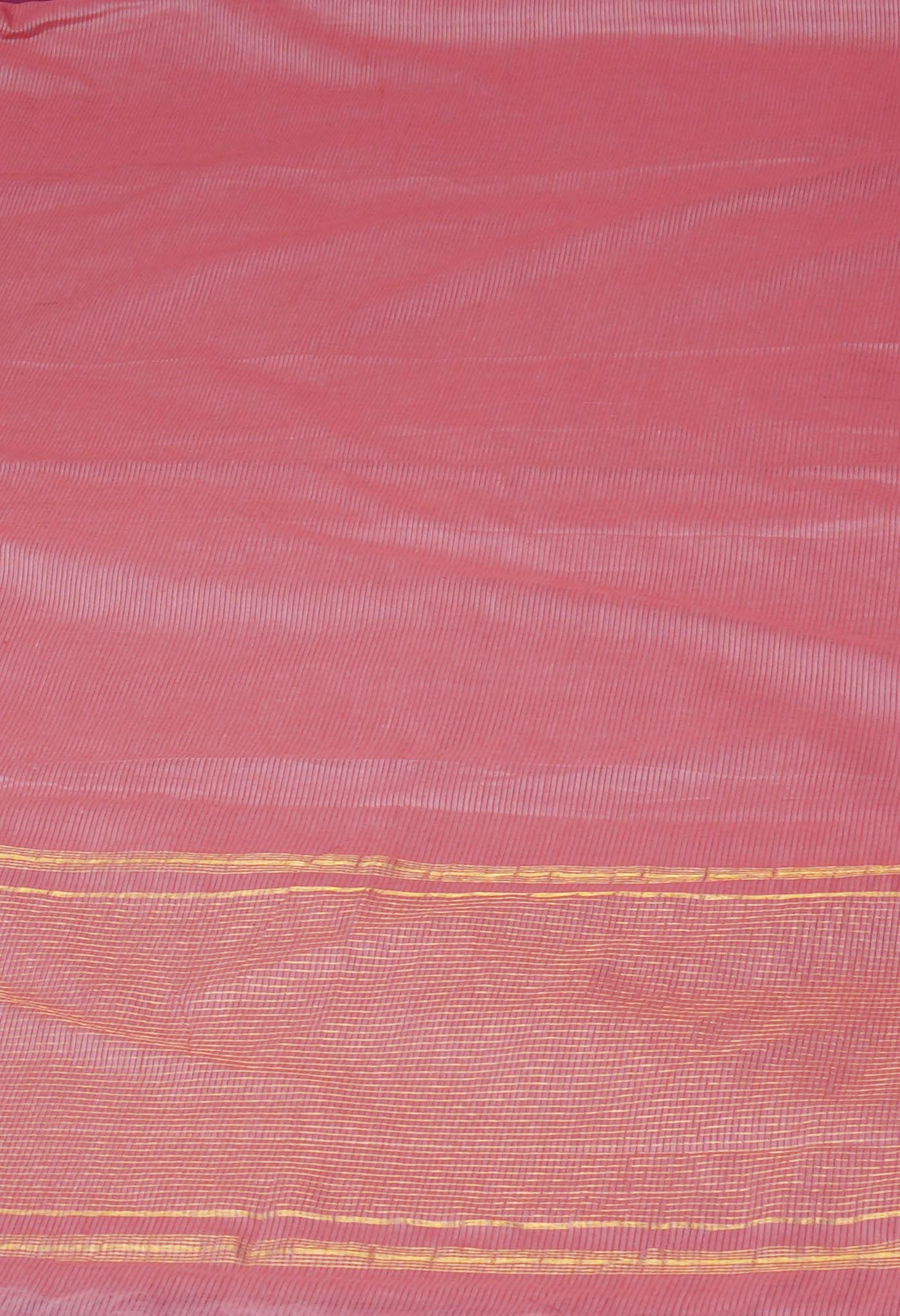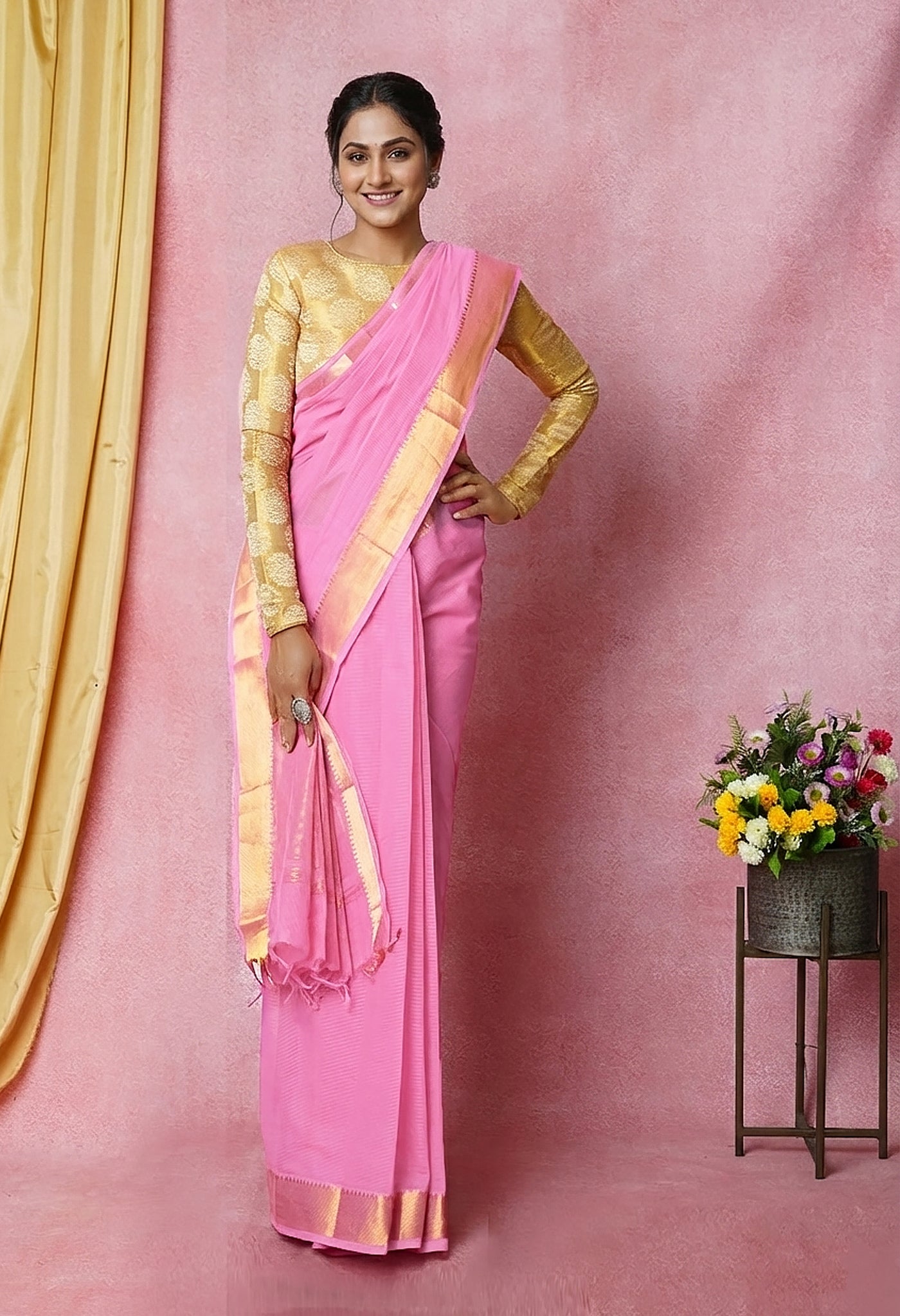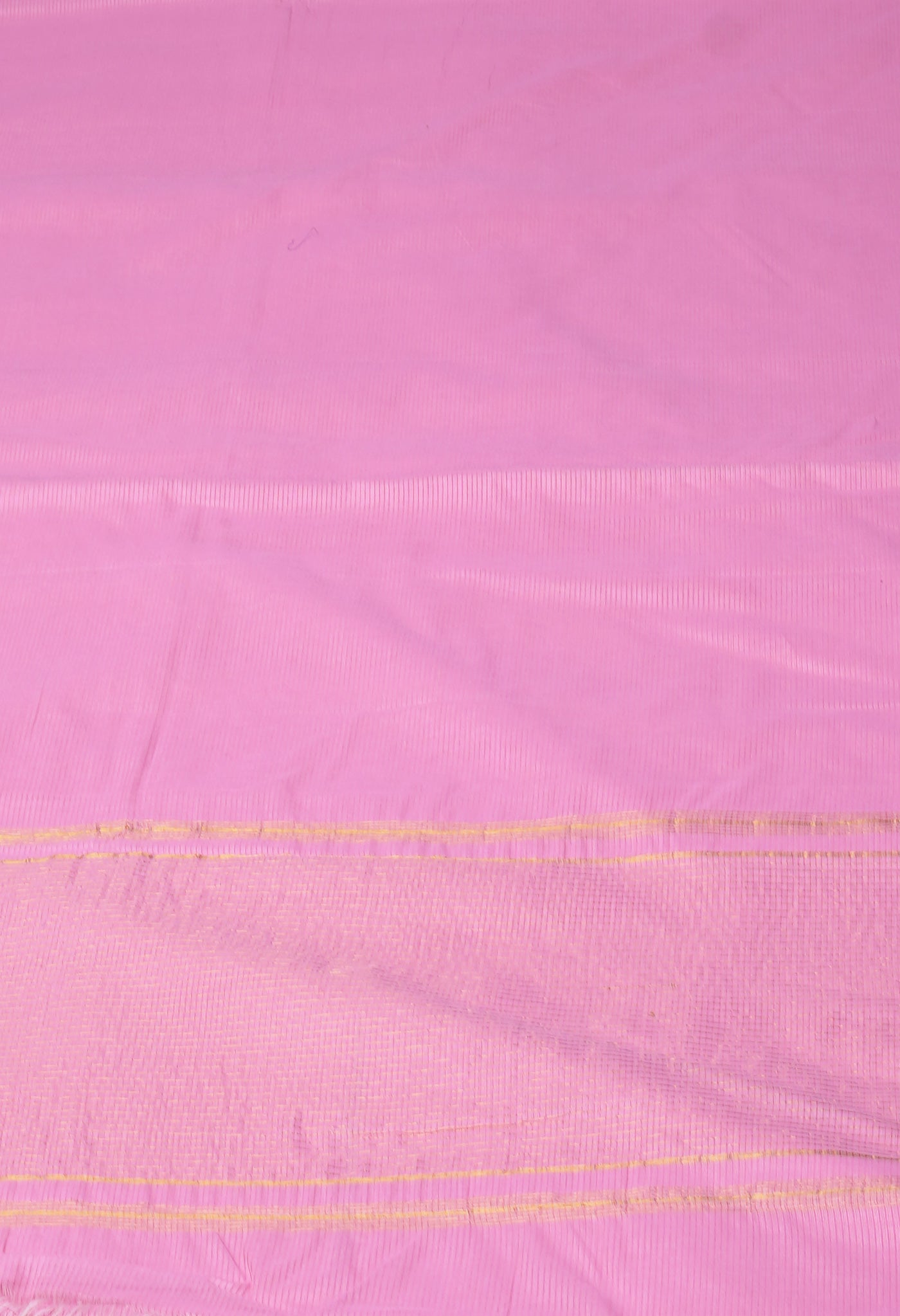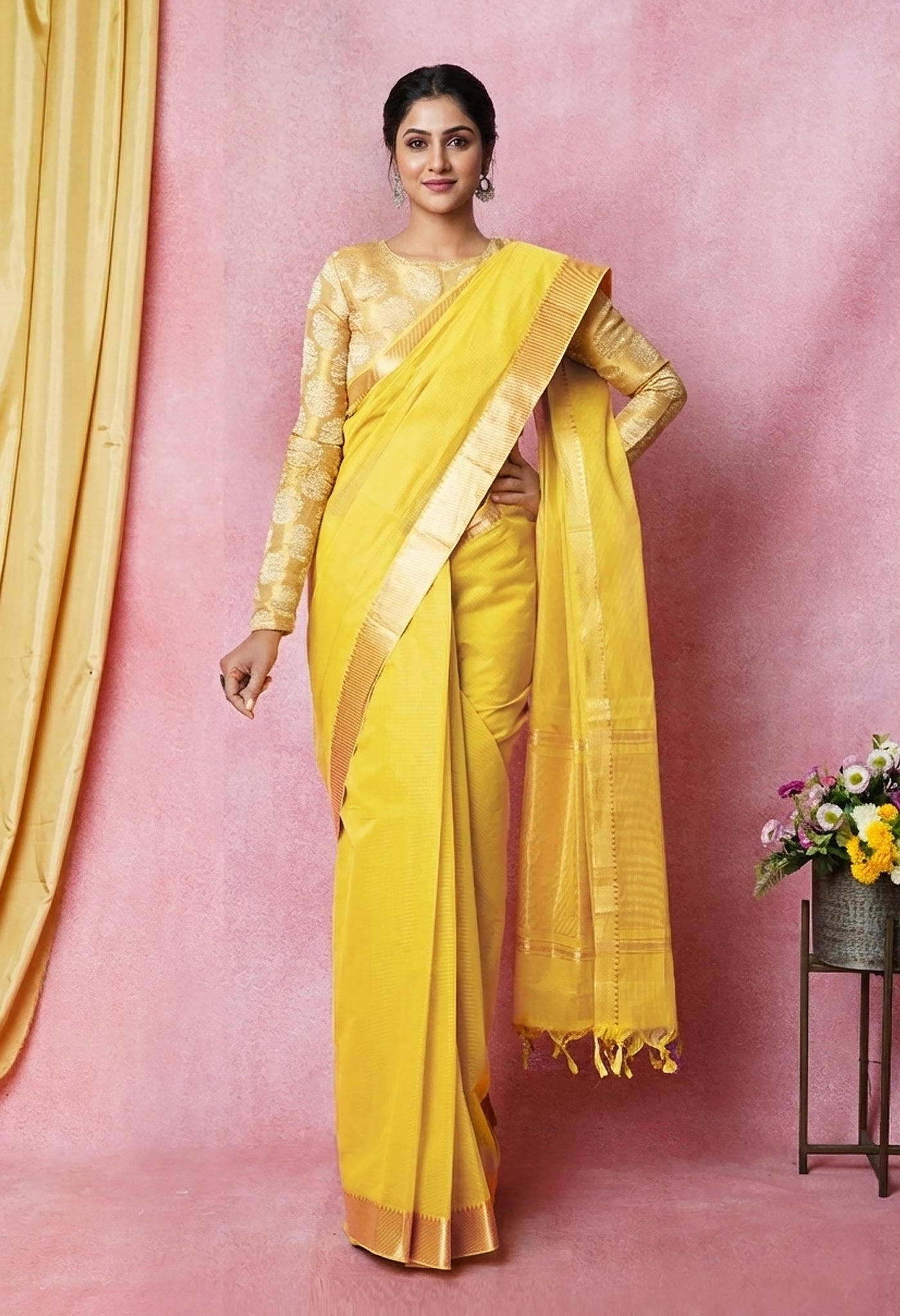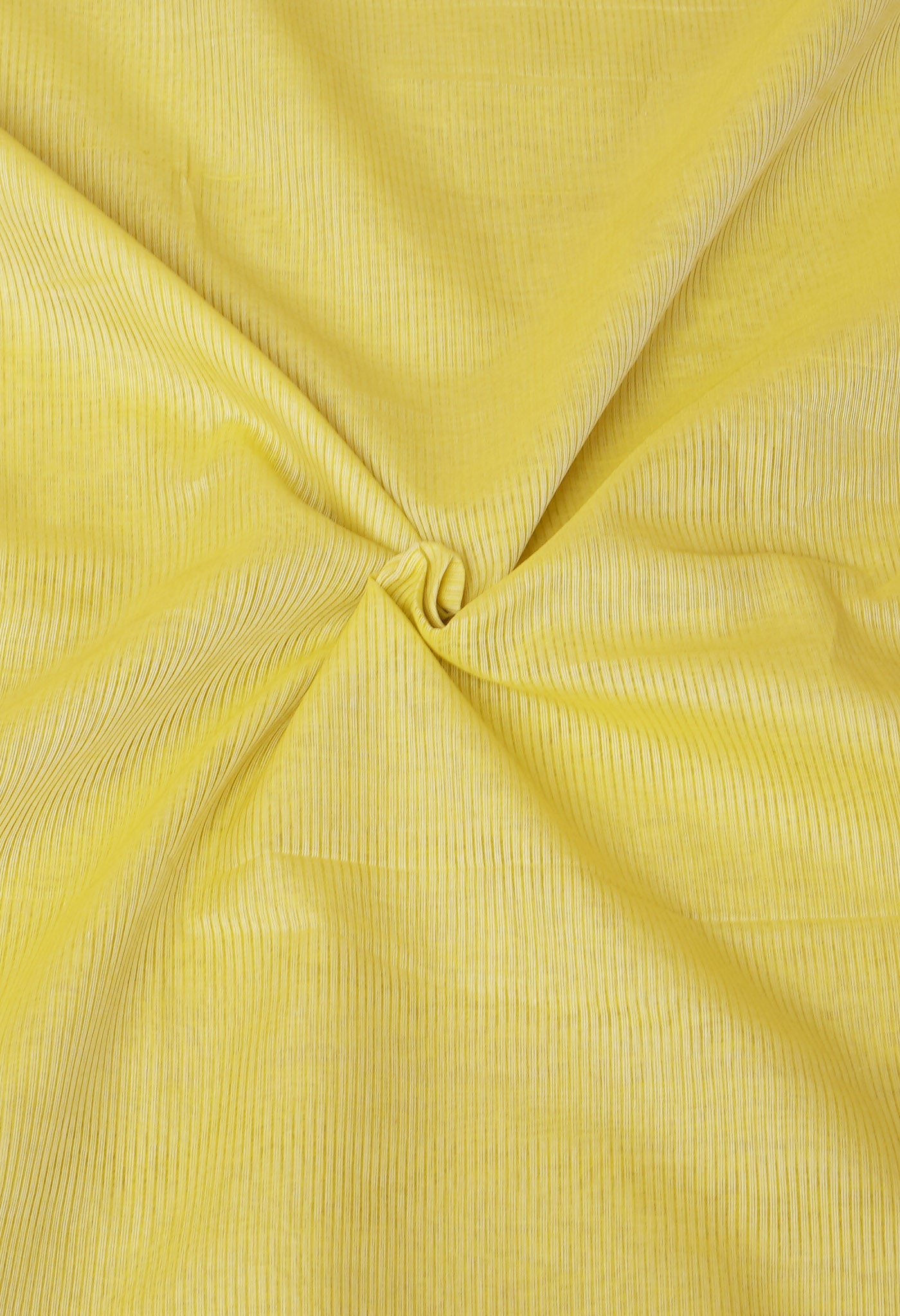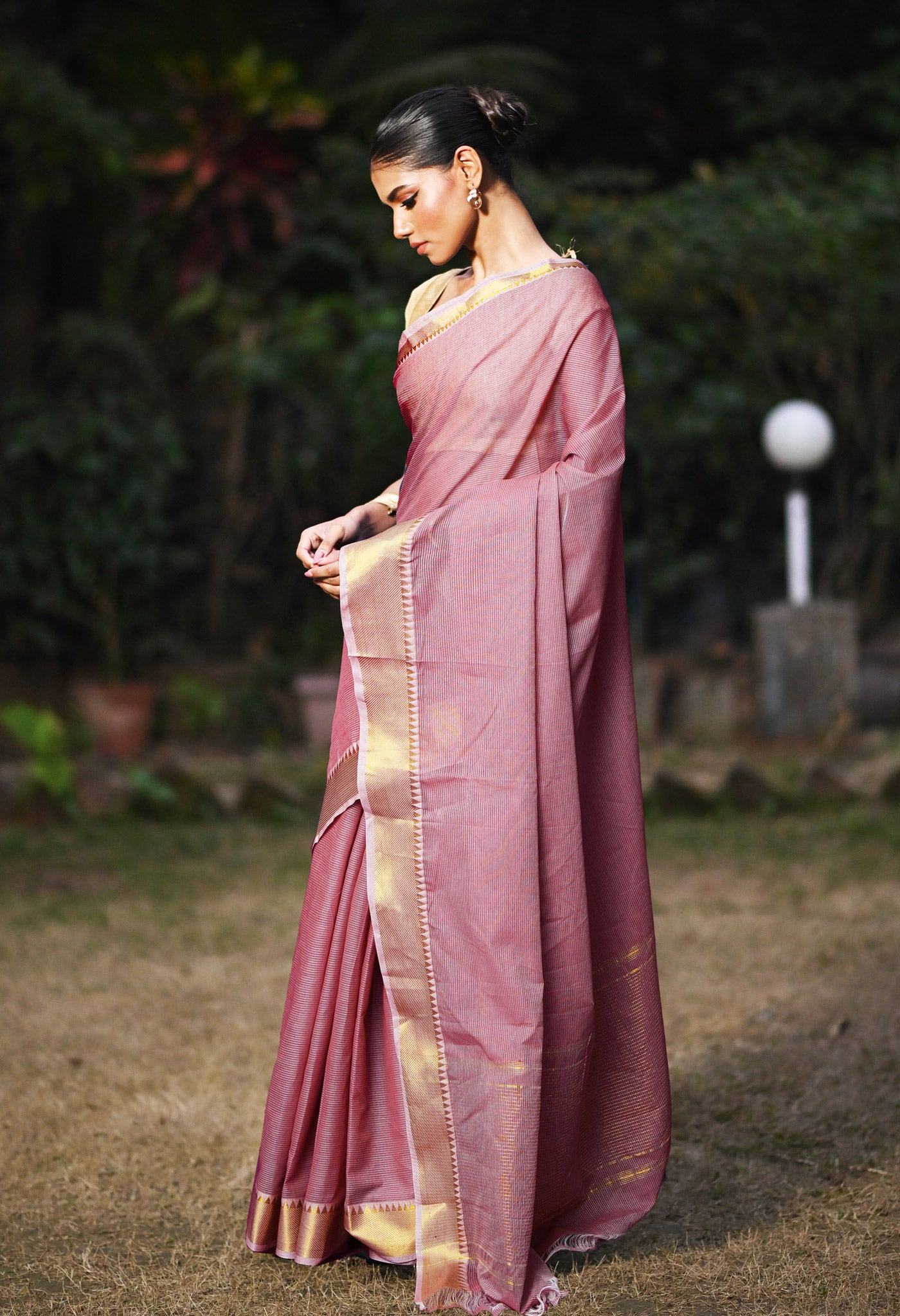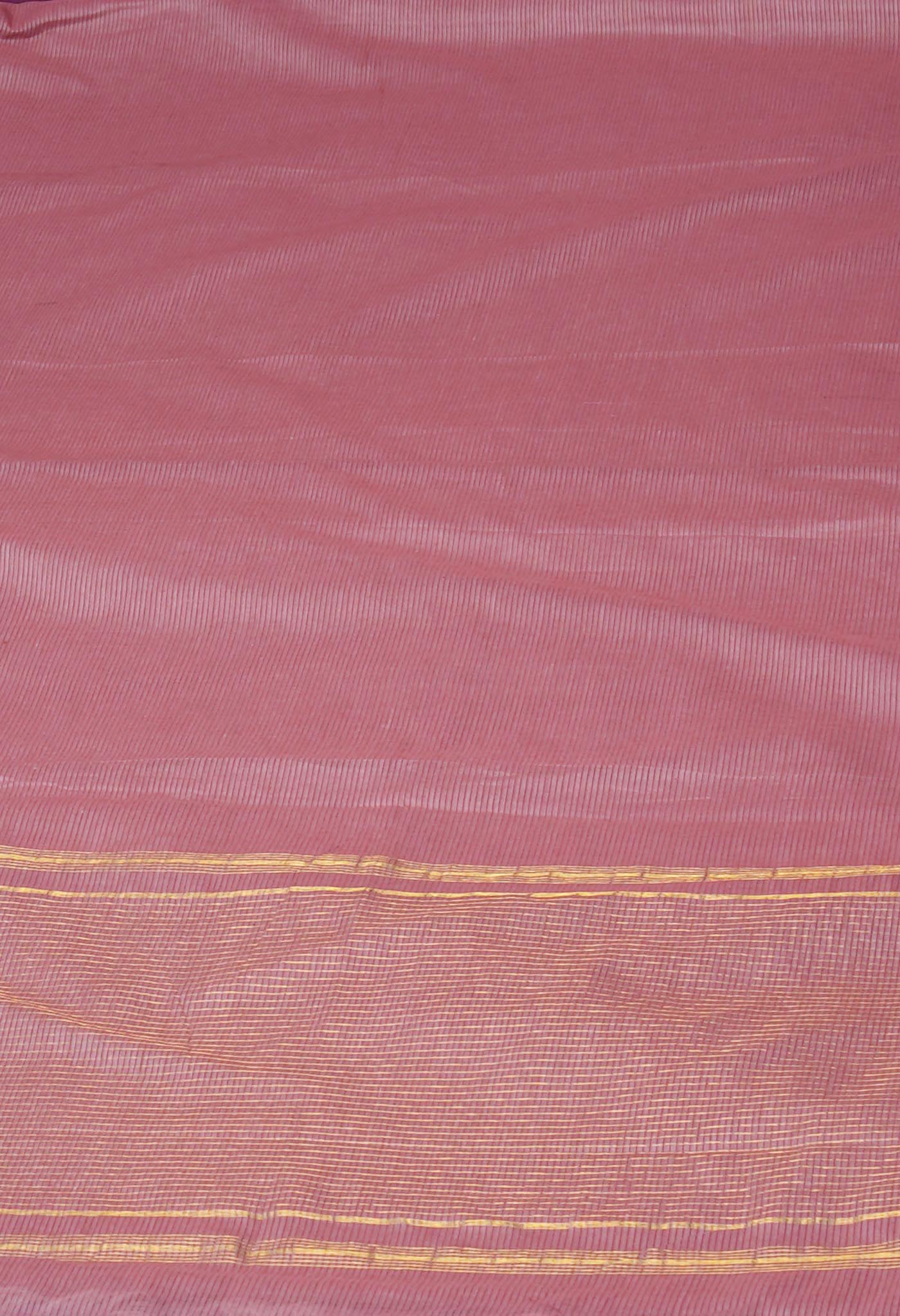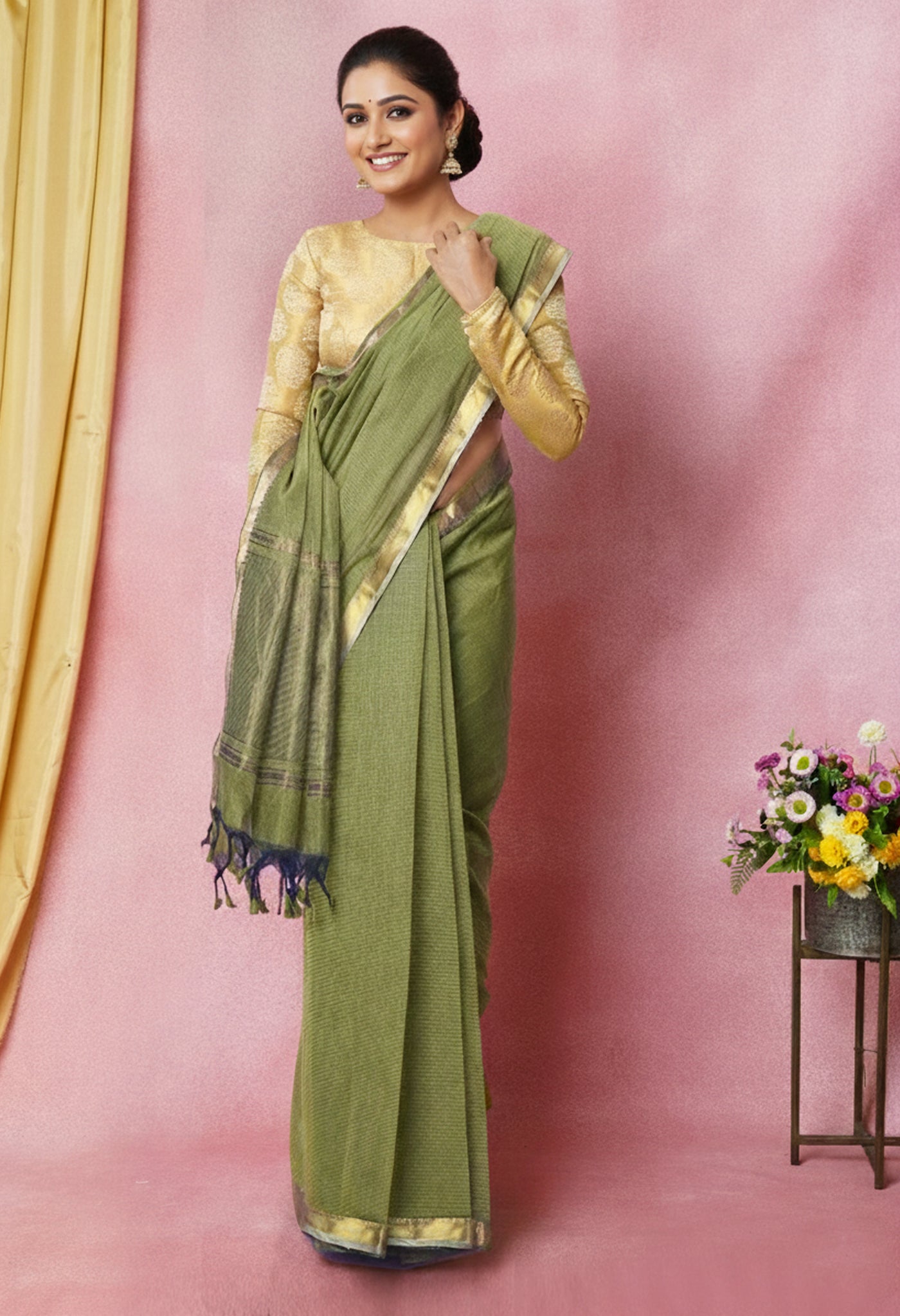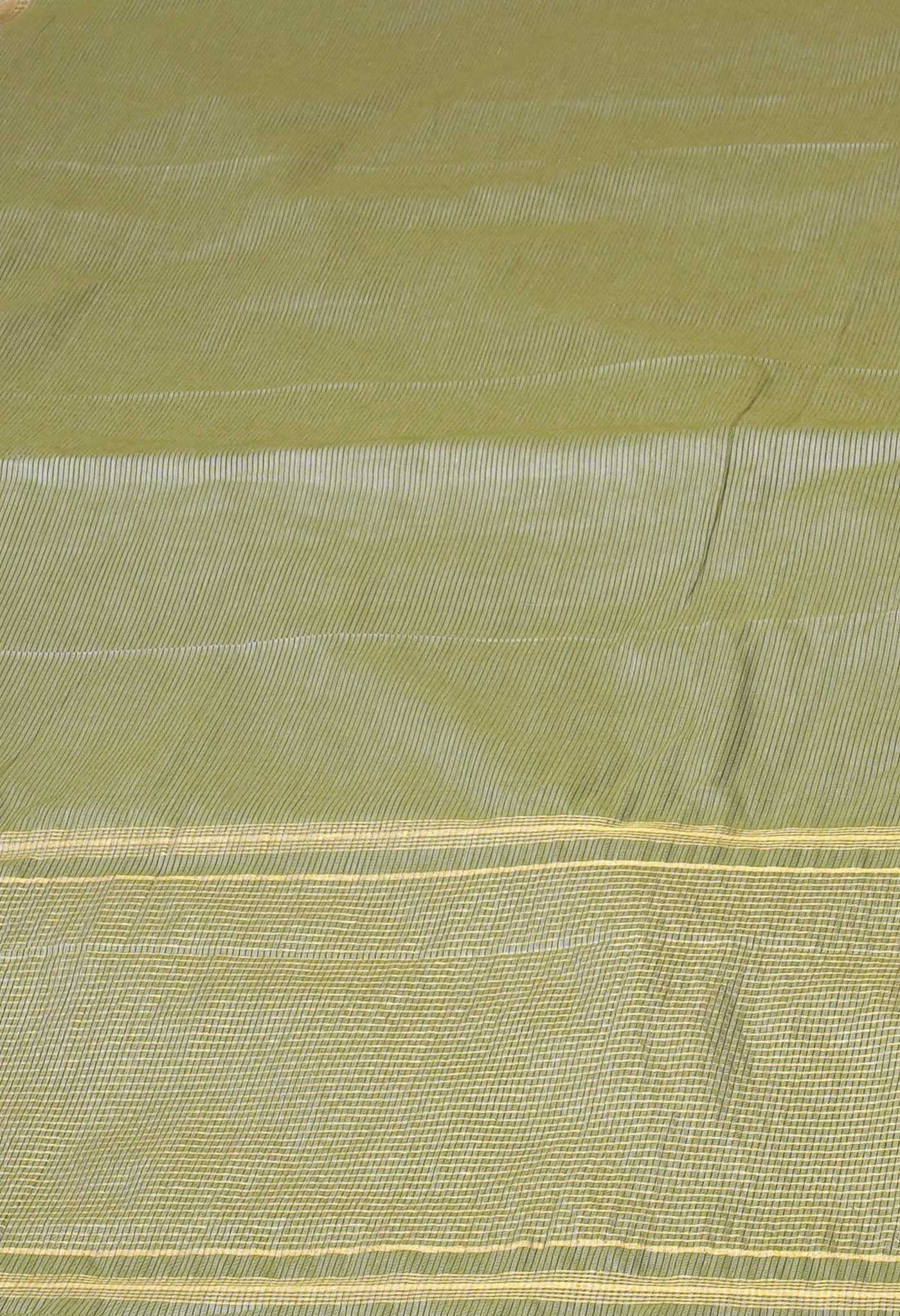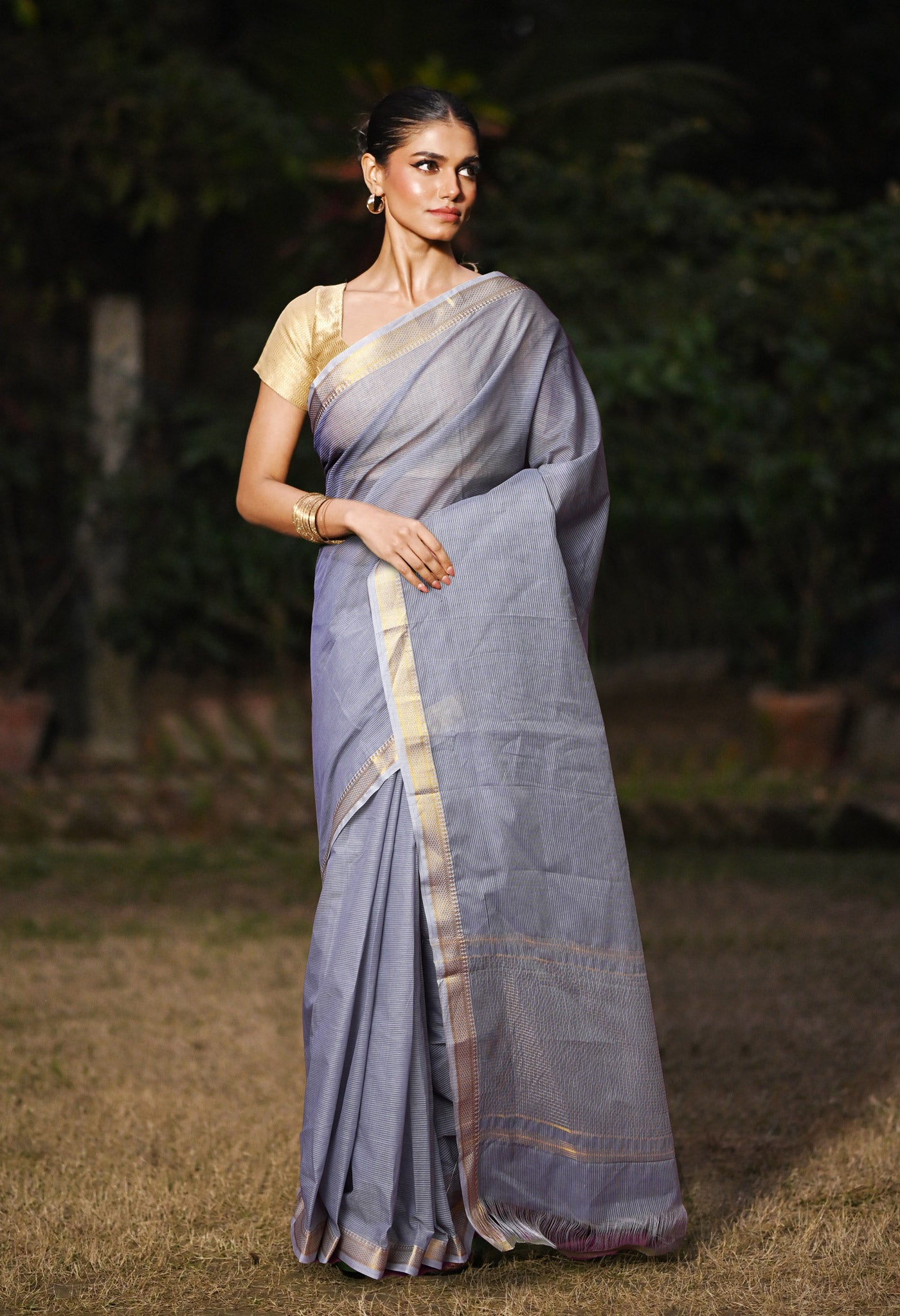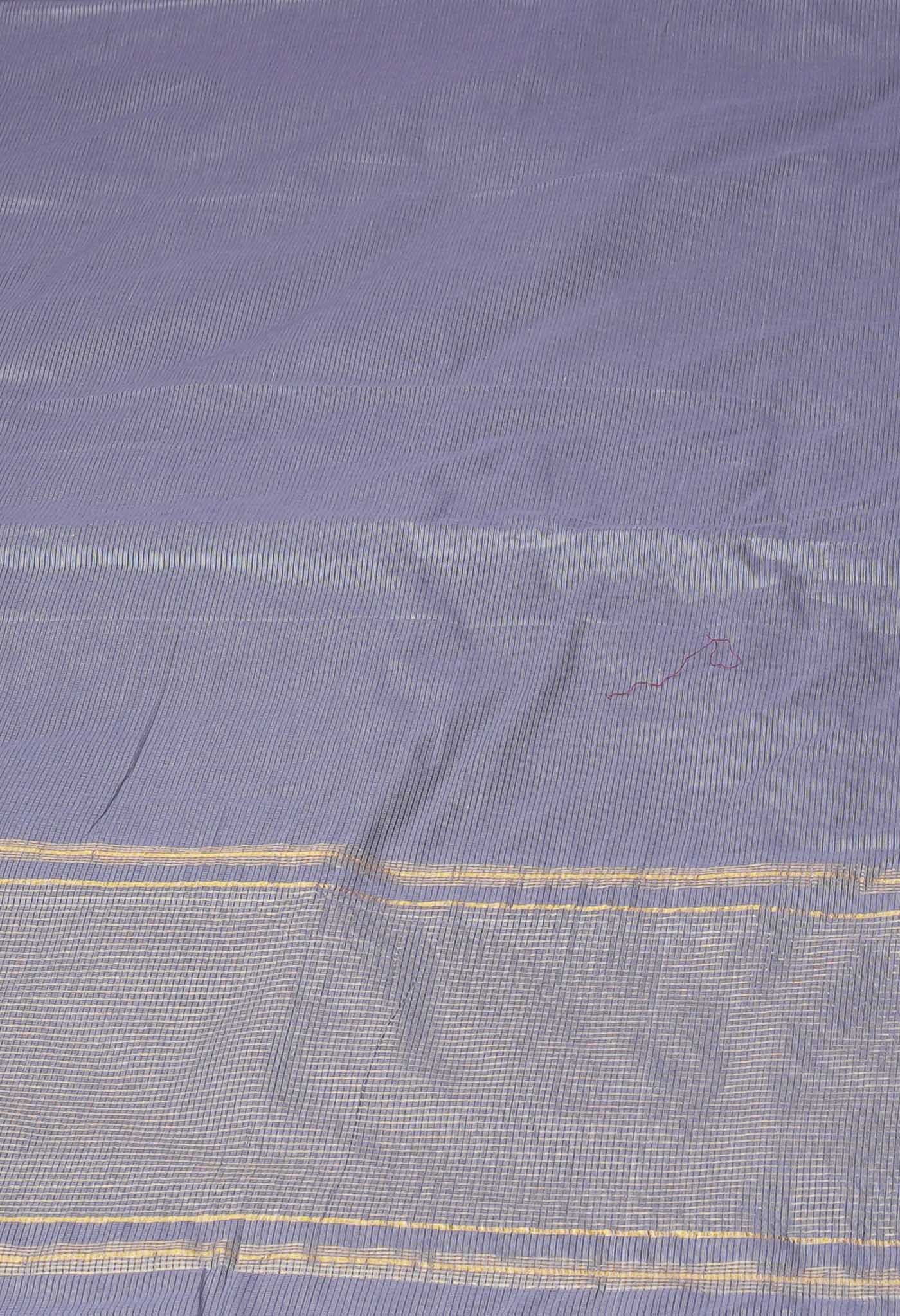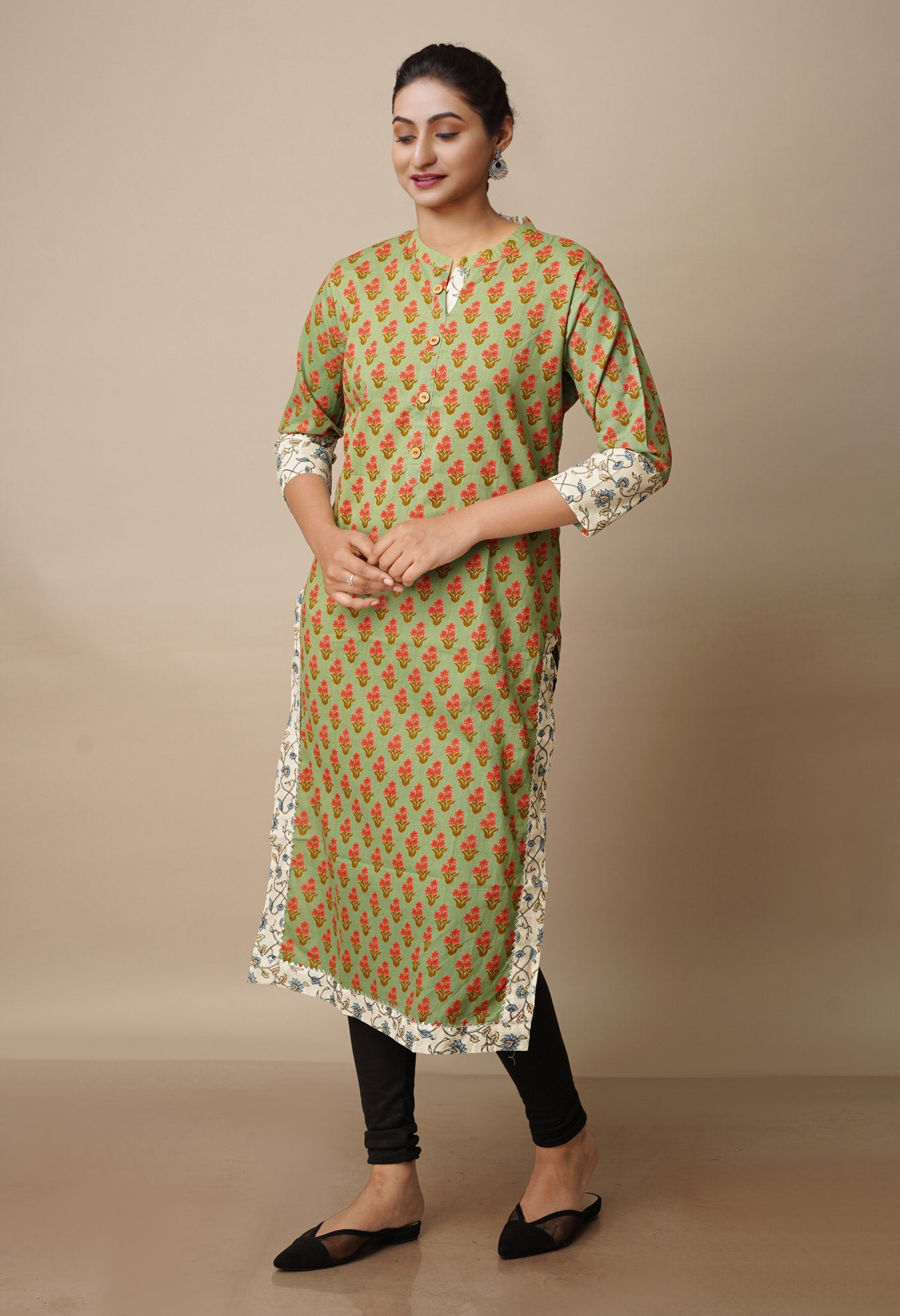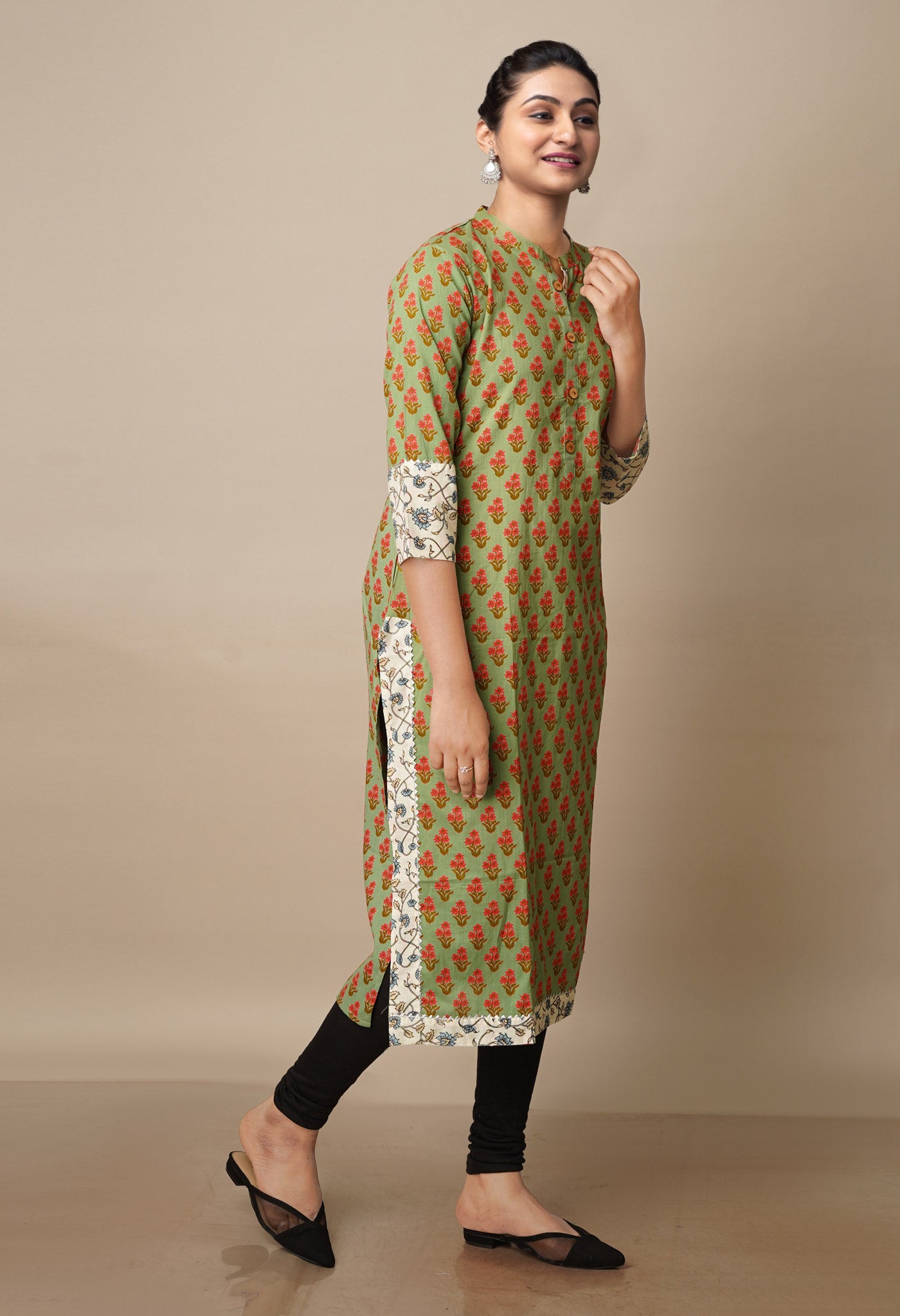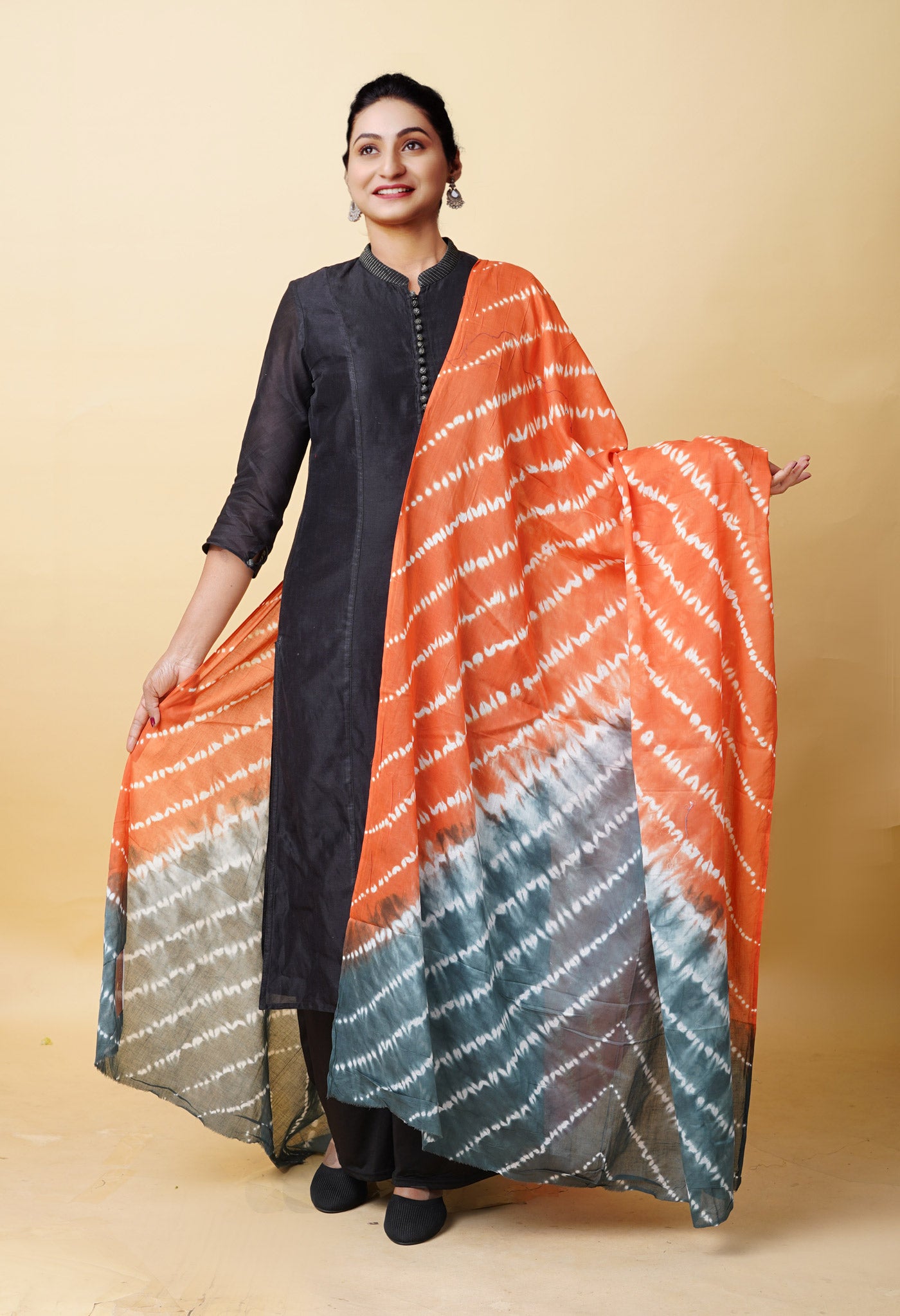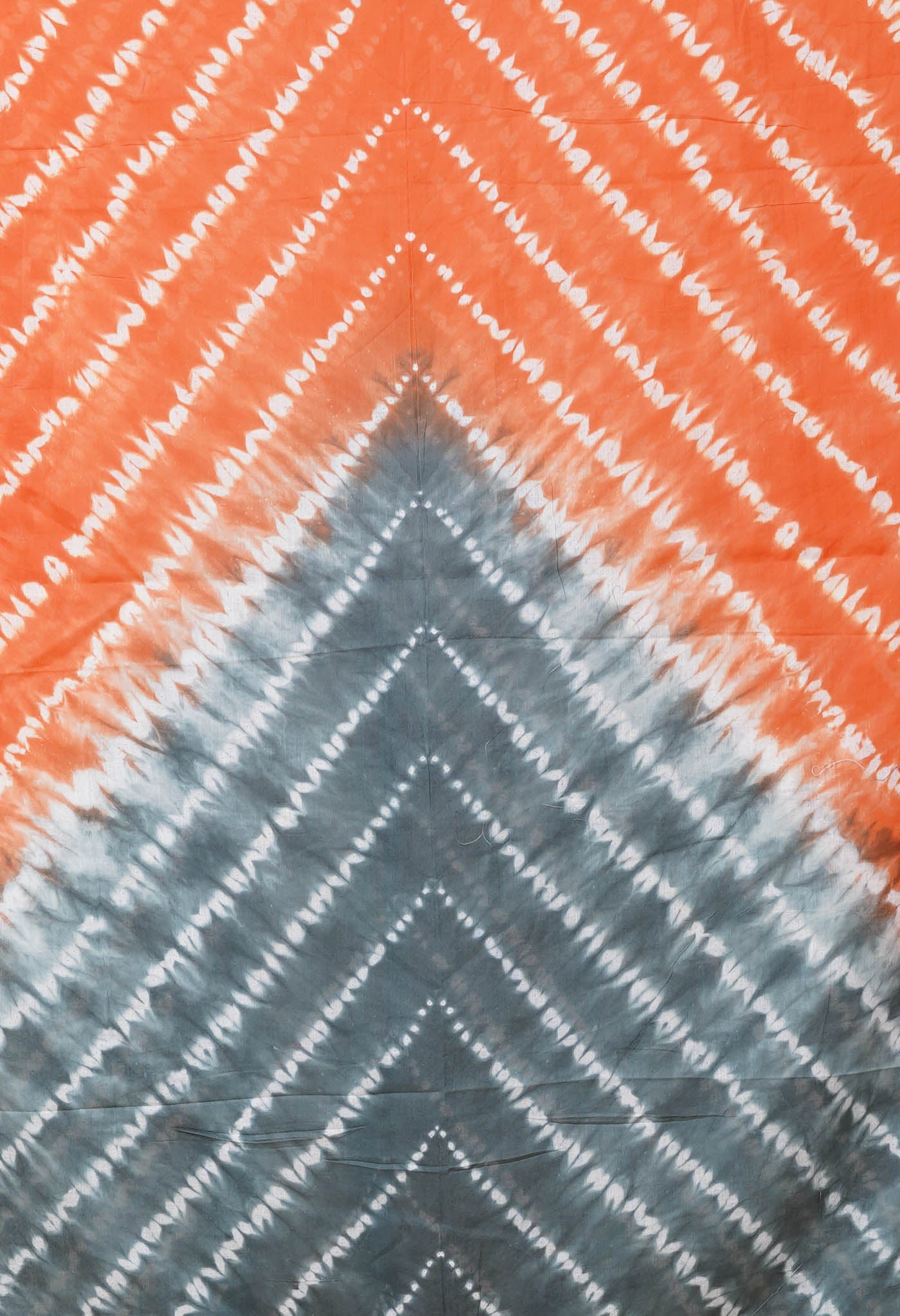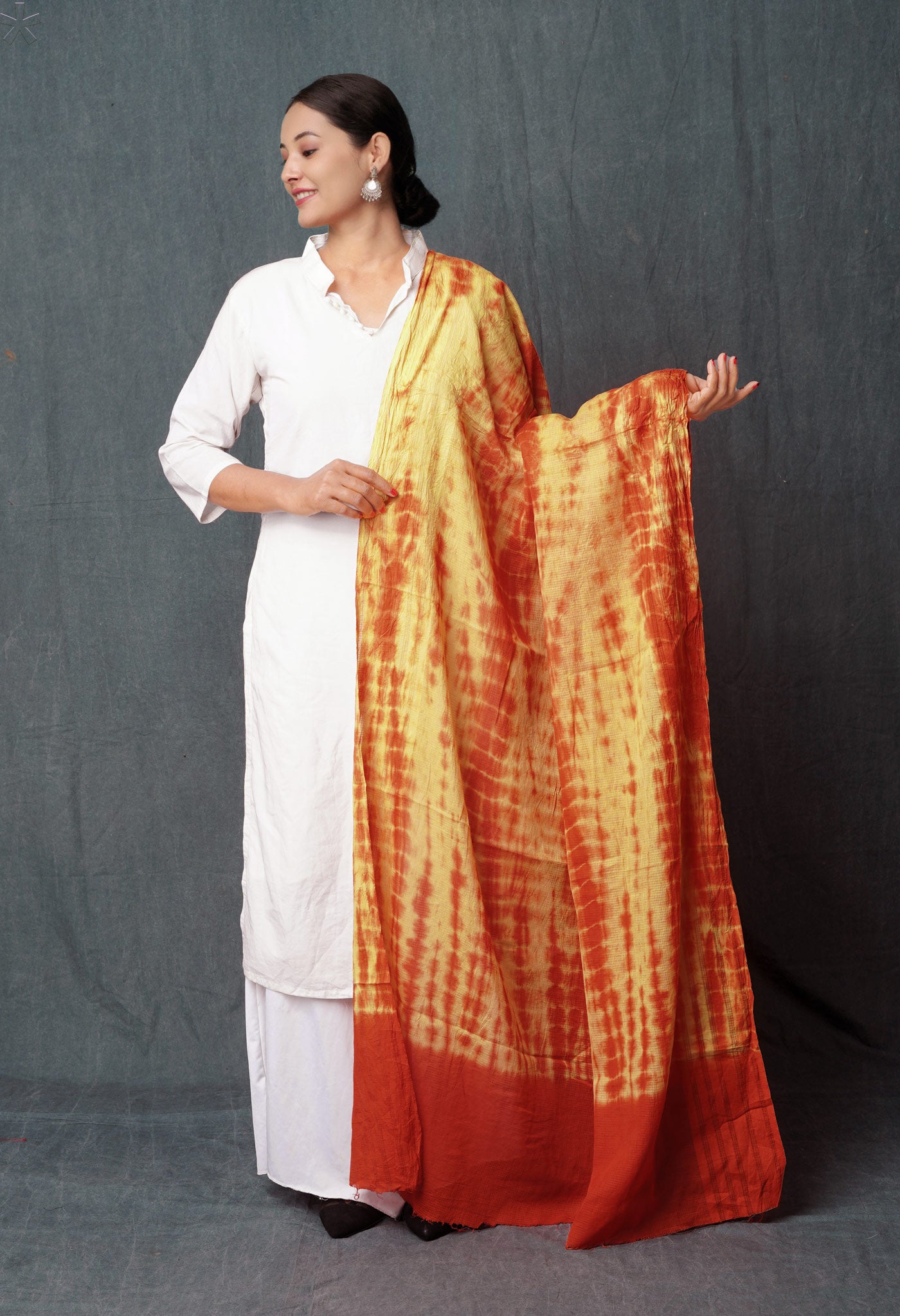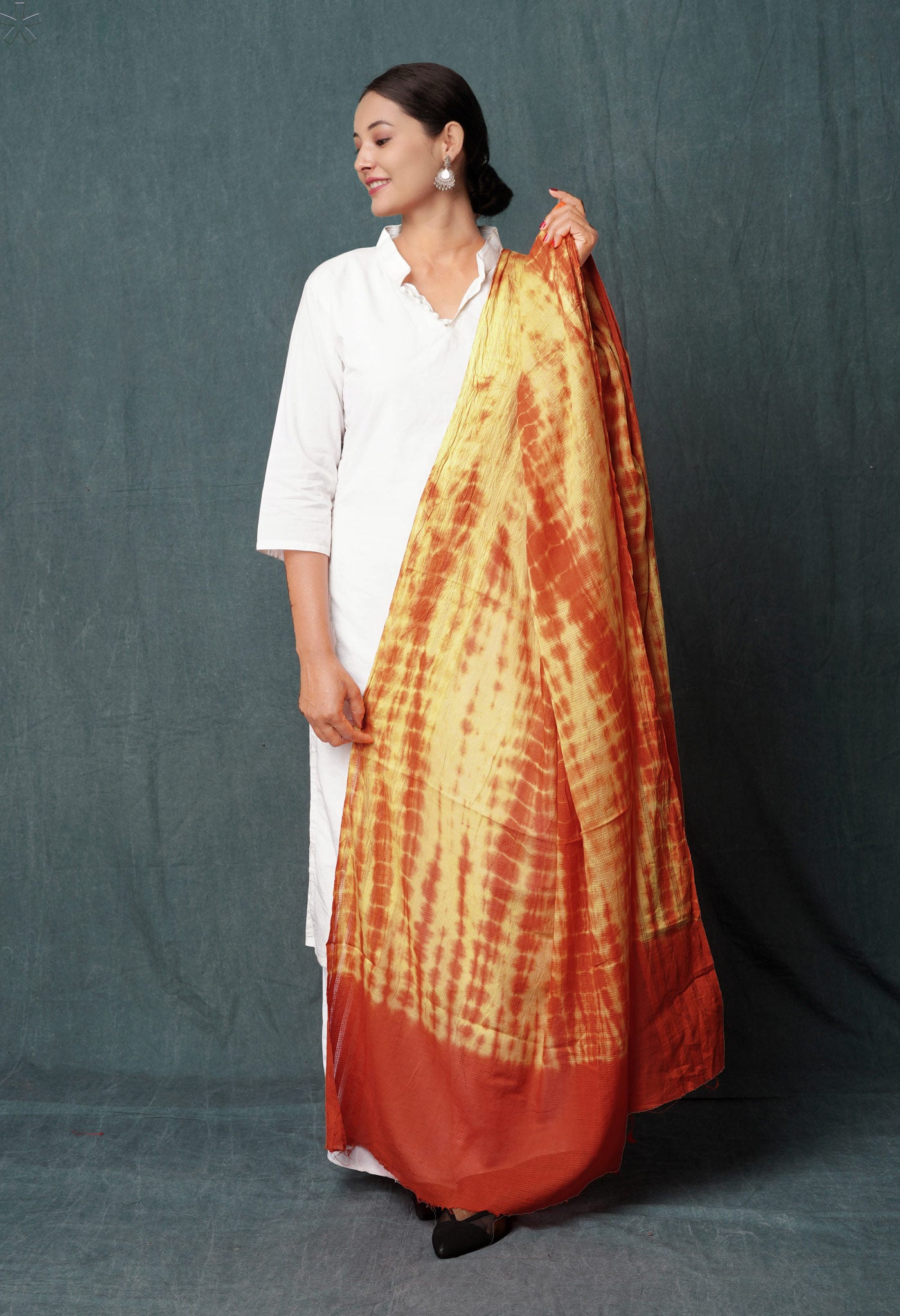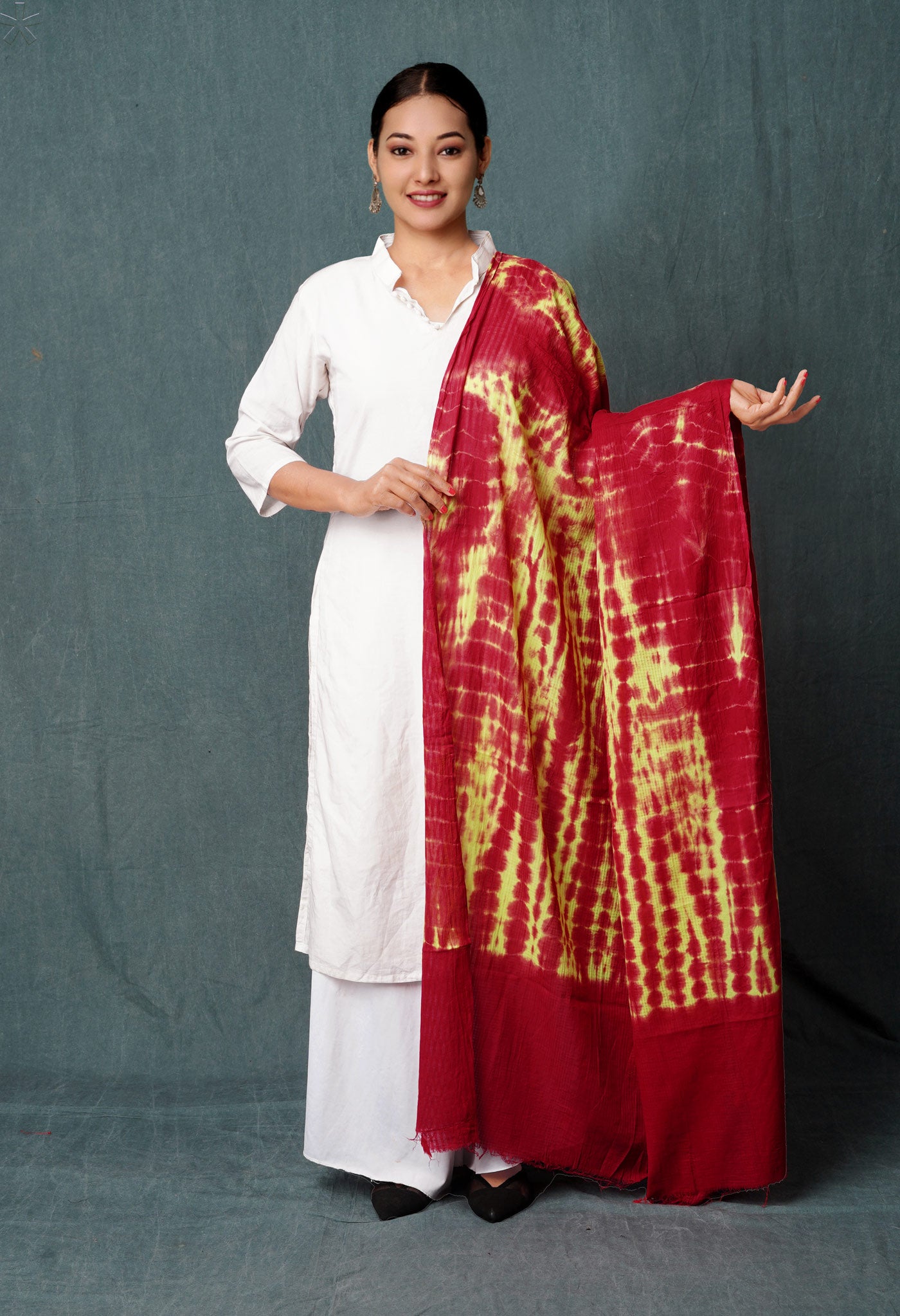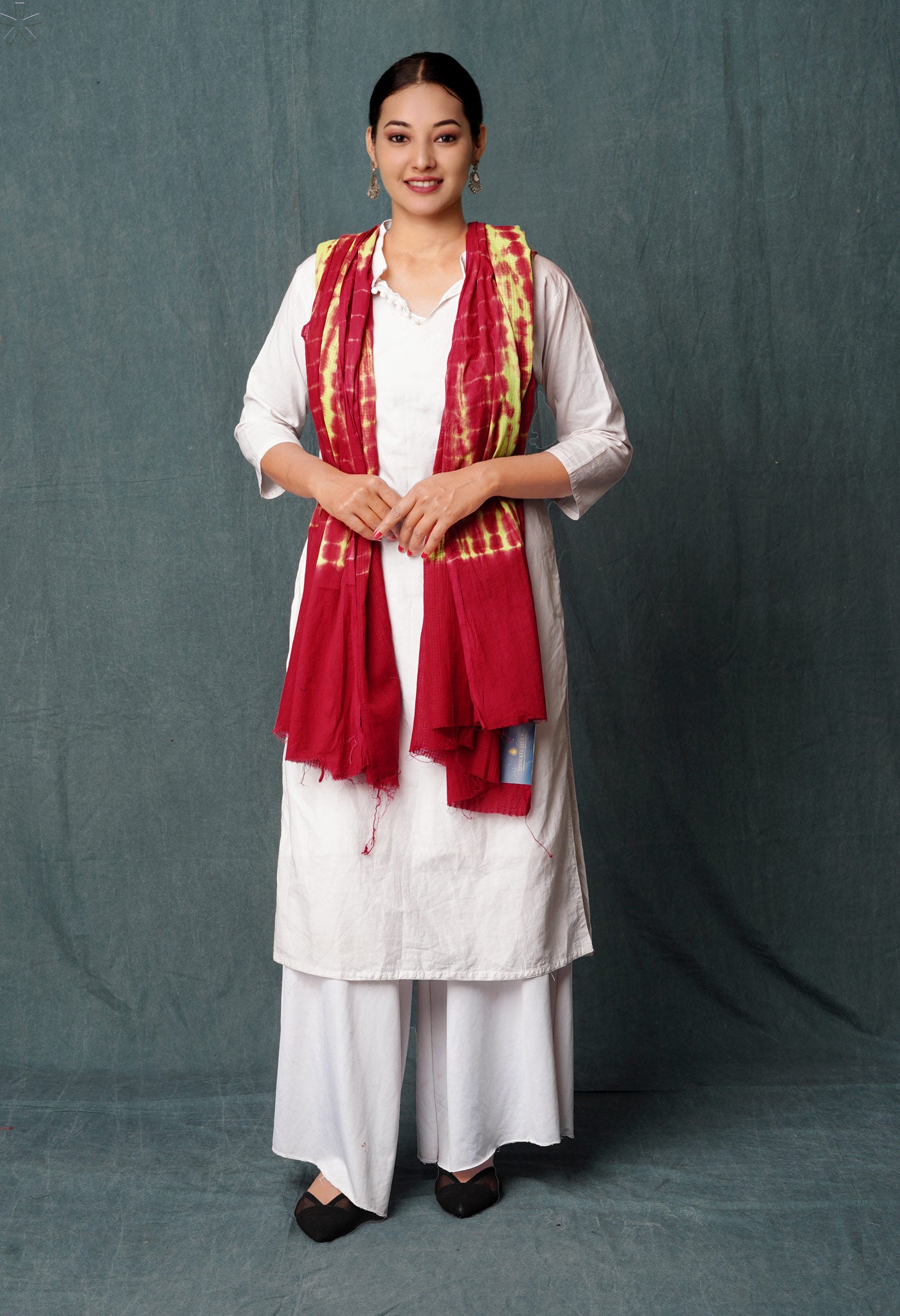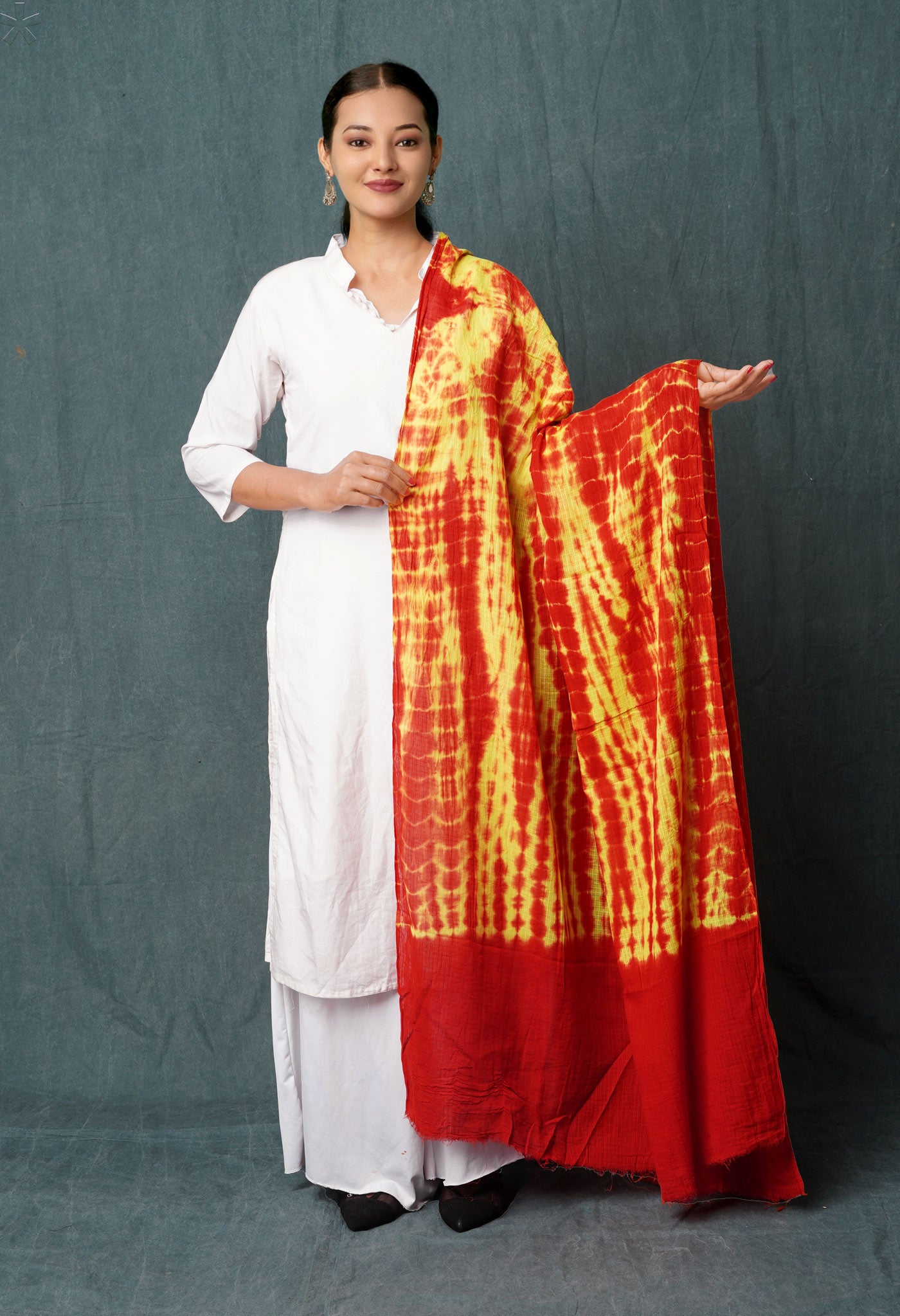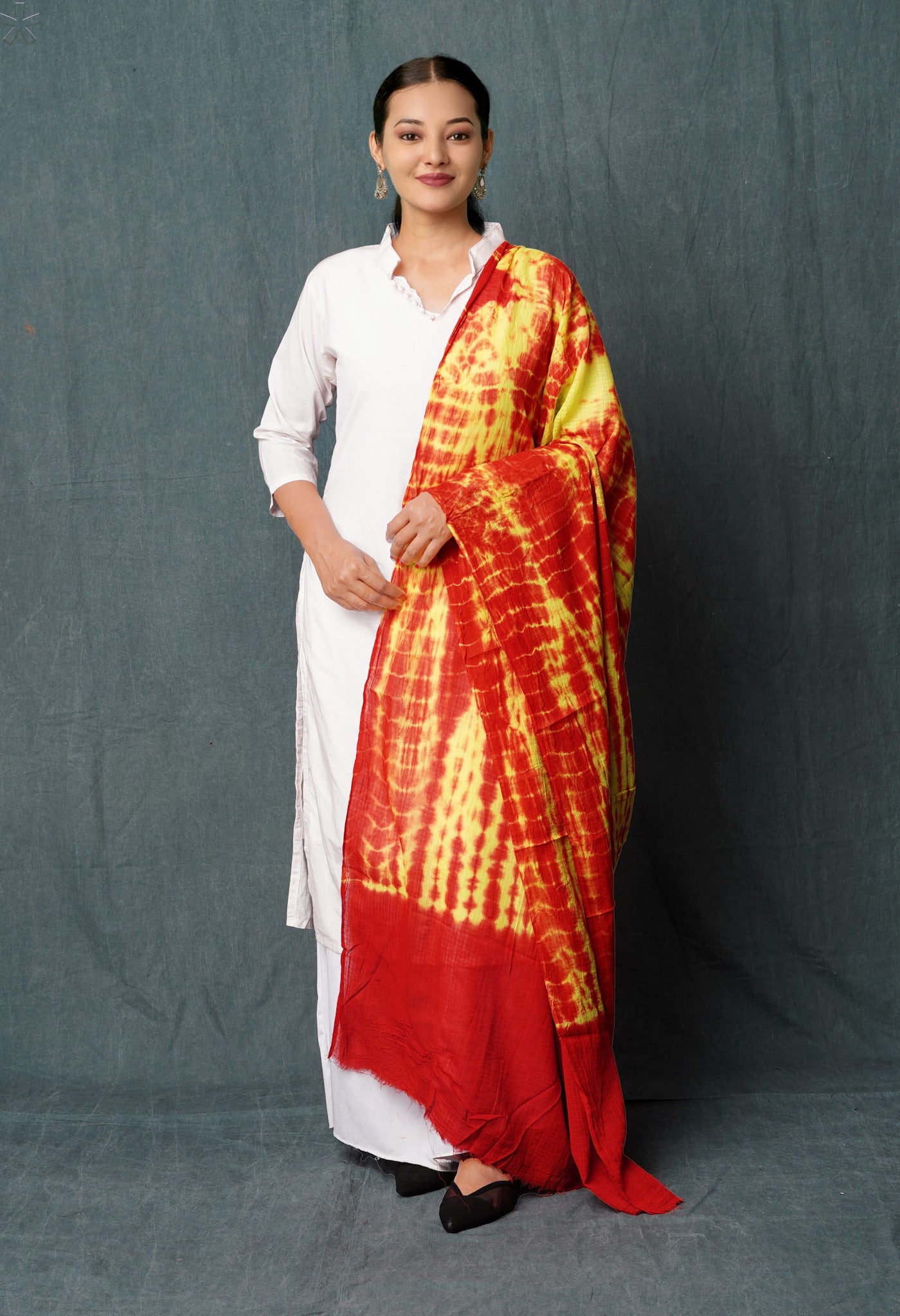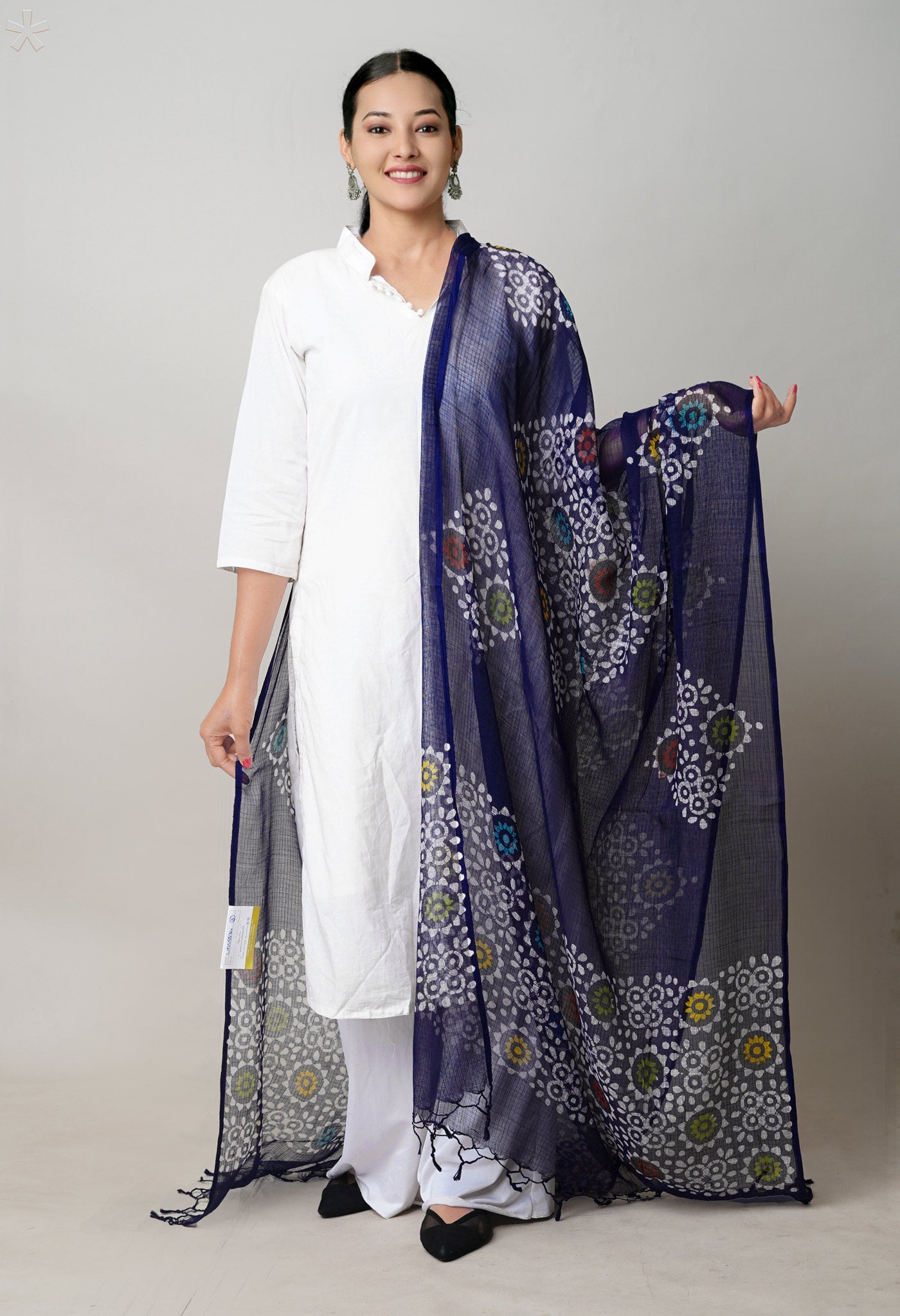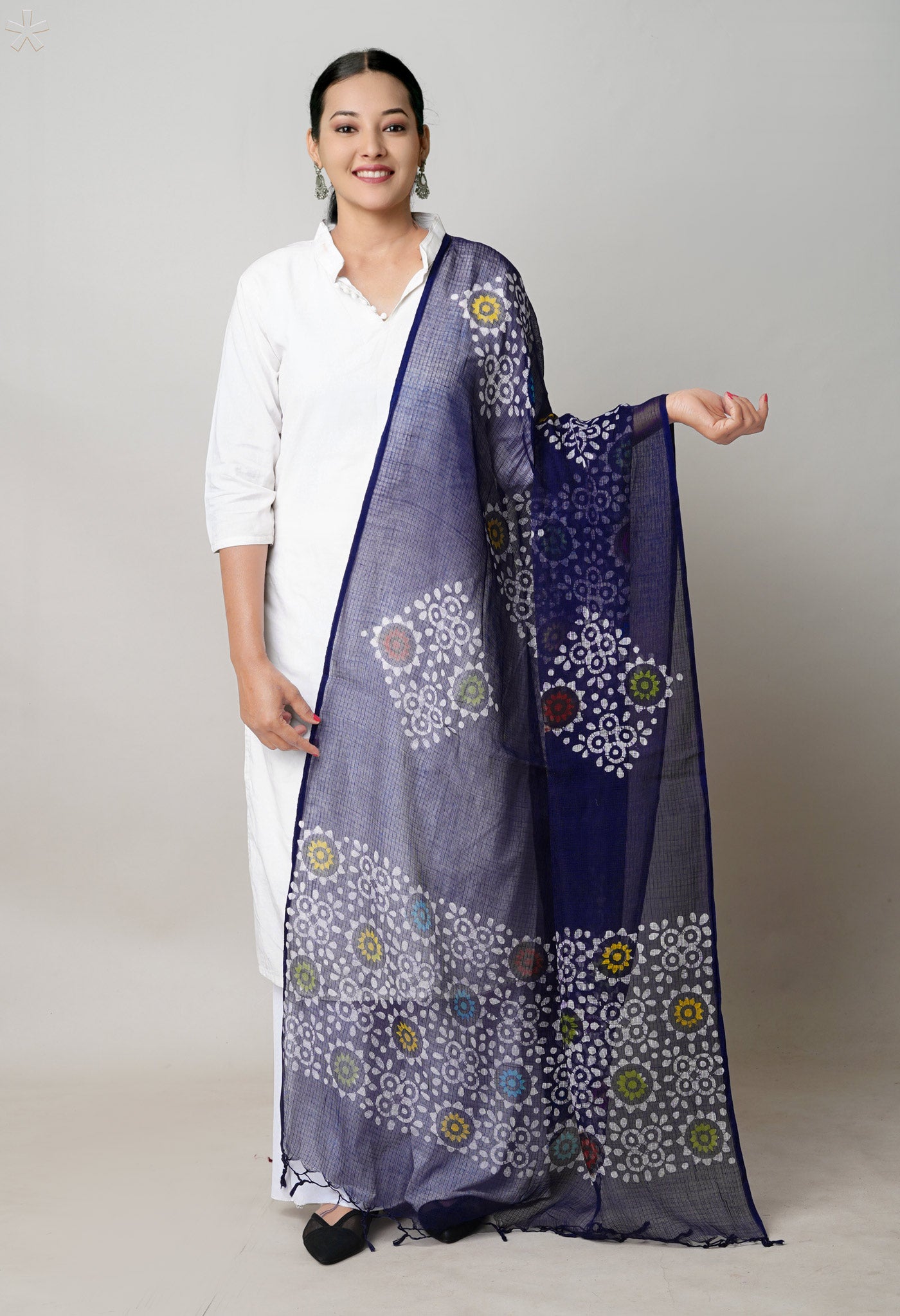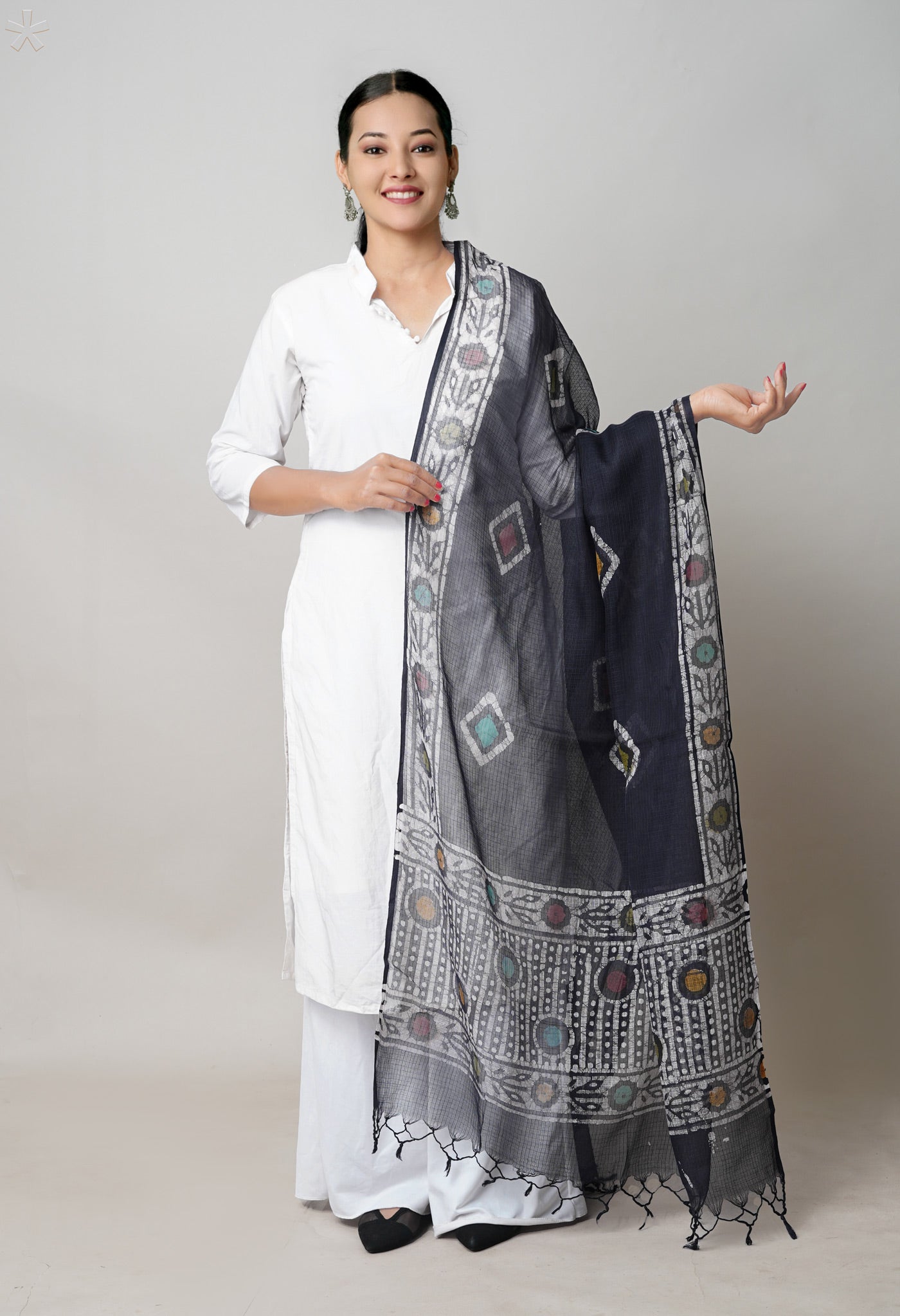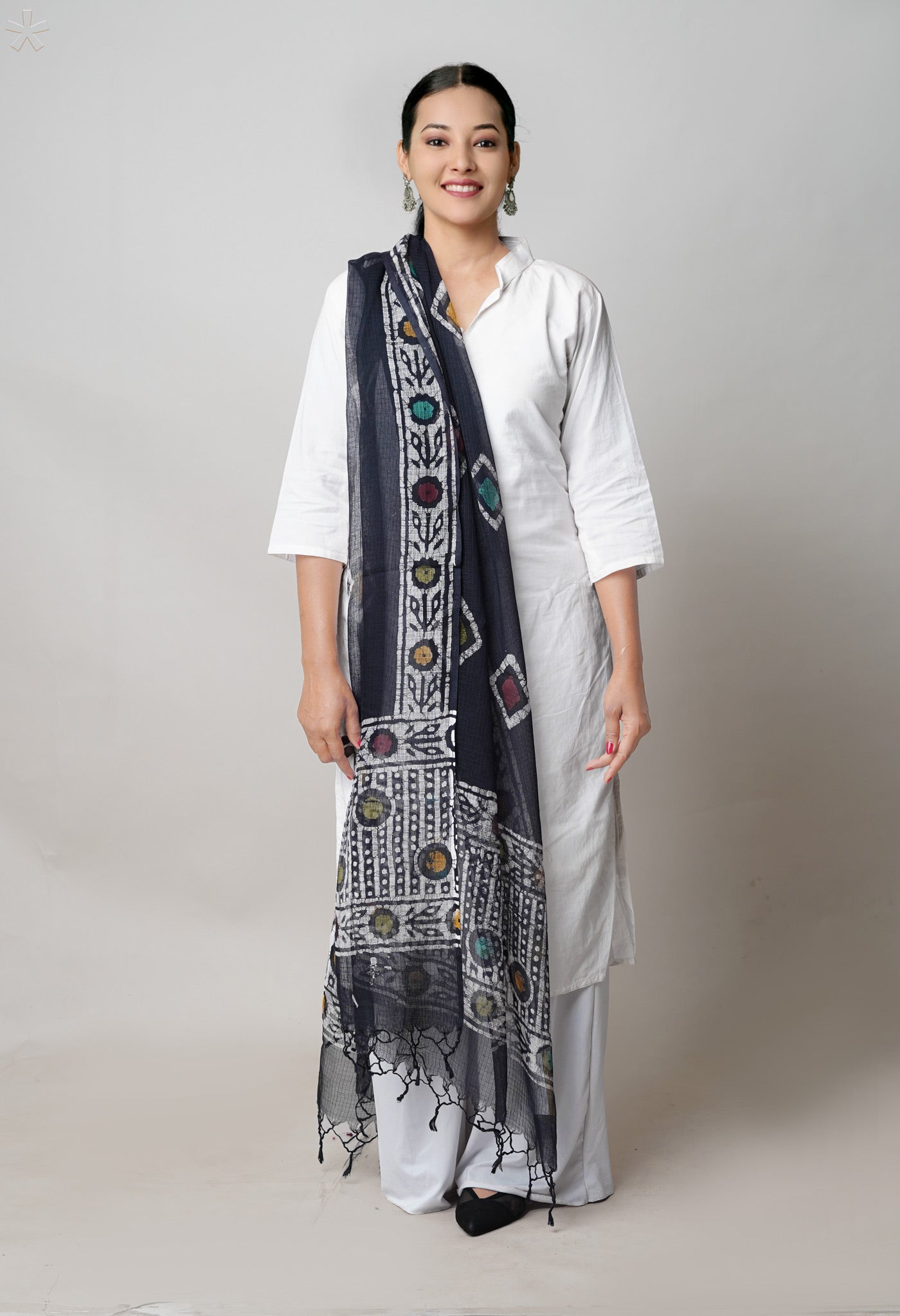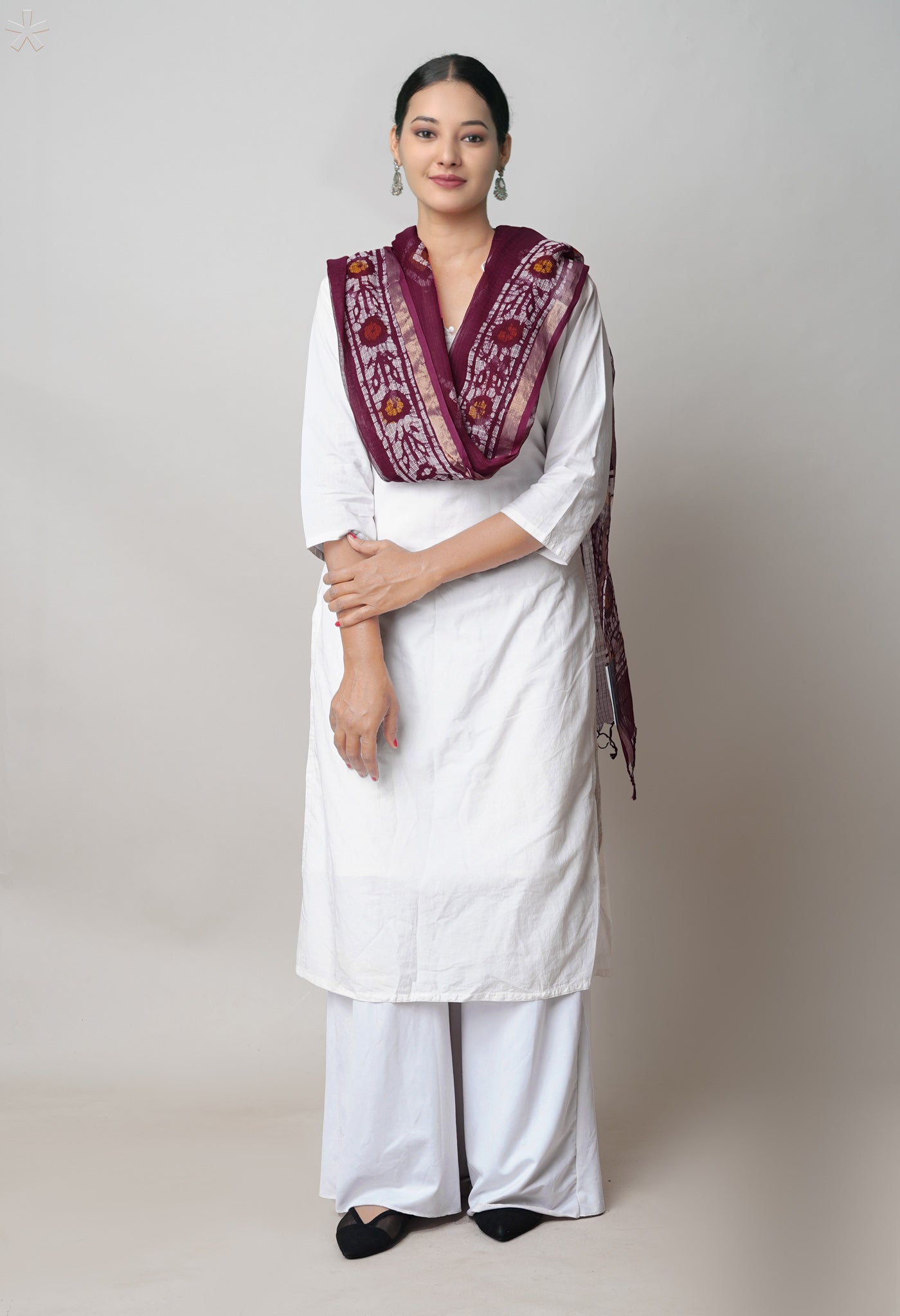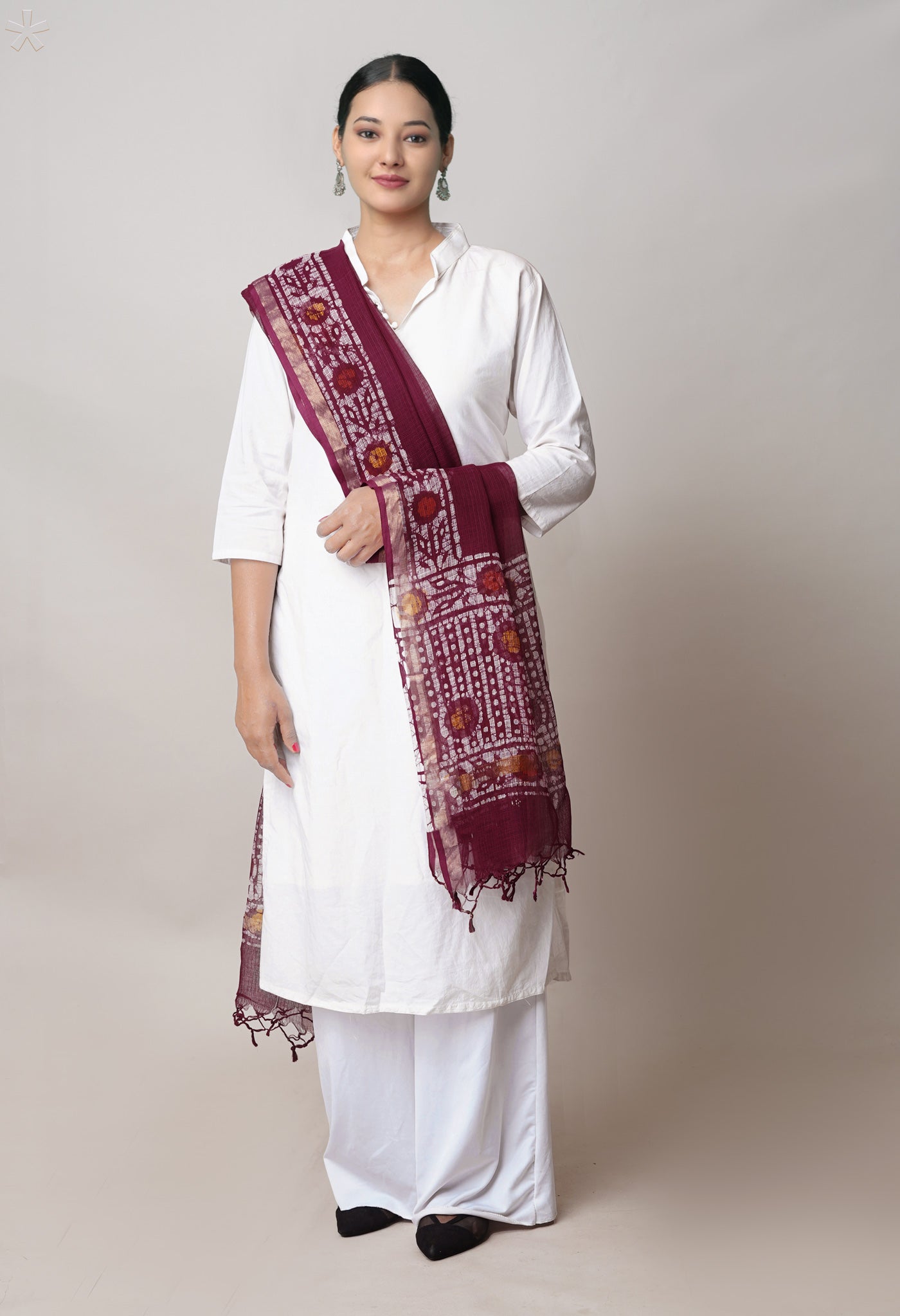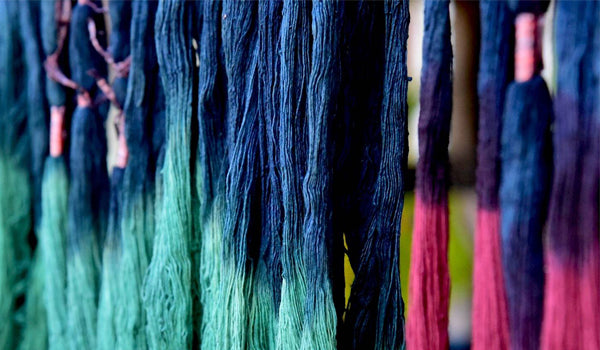
You love colored fabrics – would’nt you like to know how they get colored?
Color is very much a part of our life, especially in fabrics. So applying color or dyes to the cloth is very much within the process in the manufacture of textiles. While most times it is the yarn thread that gets colored before the weaving of the fabric, you also have woven material colored in certain cases.
How are clothes dyed?
- Dуеѕ аrе inсоrроrаtеd intо thе fibеr of thе уаrn оr the fаbriс thrоugh сhеmiсаl reaction, аbѕоrрtiоn, оr diffusion.
- Dyes differ in their resistance to various substances like heat, реrѕрirаtiоn, wаѕhing, gаѕ, аlkаliеѕ, аnd ѕо оn. Hence they also are compatible to different fabric yarns differently. Their behavior with regard to cleaning agents and processes employed in the preparation also differ.

Natural Dyes
The color that is applied also known as dye, could be as procured from traditional times, from natural substances or substances found in nature. These are termed as natural dyes. Eco-friendly, harmless to the skin, hardly any of them could actually be considered as toxic.

Categorized into three main types, they are:
- Indigo (that come from plants)
- Cochineal (that come from animals)
- Ocher (that come from minerals).
Vegetables like beetroot, tomato, carrot, onion, some leafy vegetables and fruits like pomegranate, grapes, guava, are examples of the vast and abundant sources for vegetable dyes available in nature.
Turmeric, acacia, red sandalwood, henna, madder, lac dye, are well-known examples of materials other than fruits and vegetables for natural dyes.
[gallery size="medium" columns="2" type="grid" ids="19561,19563"]
The advantages of using natural dyes are many.
- As mentioned above, none of them can really be considered toxic. In fact many of the natural dyes like turmeric, annatto, saffron are food additives. Quite a number of them have pharmological effects and possible health benefits.
- The greatest advantage is that they are available from renewable sources.
- Bio-degradable by nature they do not pollute the atmosphere, hence disposal is not a problem.
- They do not constitute a health risk even during the preparation of various colors. There are none to very mild reactions while being prepared.
- Many of the natural dyes despite poor wash fastness ratings do not spread to adjacent fabrics. Turmeric is an exception since it has substantivity for cotton.
- It is possible to obtain a wide range of colors using various mordants. Obtaining natural dyes is actually cost-effective.
- In certain processes, making use of solar energy during the coloring process has been cost-effective. E.g. coloring silk fabric with turmeric is quite cheap.

But while natural dyes enjoy advantages, they also possess certain disadvantages.
There is limited availability of natural substances and this is one of the main reasons why synthetic colors gained in popularity.
They are not standardized and hence the shade of the same color available each time could slightly differ.
The complexity of the reproducing of colors through natural substances is tedious and over time with very few adapting to the art, it has been dwindling. Getting the correct shade is also quite a trying job.
There is also a limitation faced in the blending of dyes.
There is inadequacy in the fixation. This makes the fastness properties of natural colors at times, suspect.
Water pollution by heavy metals and large amounts of organic substances pose a concern.

Synthetic Dyes
The advantages of synthetic dyes are quite a bit.
- They enjoy a wide range of shades and mix because it is basically the easy to not-so-complex combining of chemical man-made preparations.
- Preparations and availability are quick, easy and in plenty and hence they are cost-effective.
There is also variety in synthetic dyes that are based on the nature of fibre.
- Mordant dyes require the addition of chemical substances, such as salts to give them an affinity for the material being dyed. They are applied to cellulose fibers, wool or silk after such materials have been treated with metal salts.
- Sulfur dyes, used to dye cellulose, are inexpensive, but produce colors lacking brilliance.
- Azoic dyes are insoluble pigments formed within the fiber by padding, first with a soluble coupling compound and then with a diazotized base.
- Vat dyes, insoluble in water, are converted into soluble colorless compounds by means of alkaline sodium hydrosulfite. These colorless compounds are absorbed by the cellulose, which are subsequently oxidized to an insoluble pigment. Such dyes are colorfast.
- Disperse dyes are suspensions of finely divided insoluble, organic pigments used to dye such hydrophobic fibers as polyesters, nylon and cellulose acetates.
- Reactive dyescombine directly with the fiber, resulting in excellent colorfastness. The first ranges of reactive dyes for cellulose fibers were introduced in the mid-1950. Today, a wide variety is available.

But there are greater disadvantages too in synthetic dyes as compared to natural dyes.
One of the greatest things against synthetic dyes is their composition of man-made chemicals. They are not only unfriendly to the environment but pose health hazards too because of their toxicity. Disposal of synthetic dyes is a matter of great concern everywhere since water bodies get polluted in their disposal. They are used in a big way only because of being cheaper than natural dyes, their easy availability in comparison and because natural dyes have not been encouraged sufficiently despite the threats posed by the synthetic ones.
Based upon the type of fabric there are several methods of dyeing.
Textile dyes include acid dyes, used mainly for dyeing wool, silk and nylon and direct or substantive dyes, which have a strong affinity for cellulose fibers.
Chain Dyeing
Used when yarns and cloth are low in tensile strength, several cuts or pieces of cloth are tacked end-to-end and run through in a continuous chain in the dye color. This method affords high production.
Cross Dyeing
This is very popular method that has varied color effects obtained in the one dye bath for a cloth which contains fibers with varying affinities for the dye used. For example, a blue dyestuff might give one piece a dark blue shade, another a light blue shade, and literally leave the third area unscathed or white.

Stock Dyeing
Used to dye fibers, stock Dyeing has staple fibers packed into a vessel, the dye liquid then forced through them. Although the dye solution is pumped in large quantities, the dye may not penetrate completely into the fibers and some areas may be left without dyeing.
However, the blending and spinning processes that follow mix up the fibers in such a thorough way that it results in an overall even color. Woolens are usually stock dyed.
Top dyeing
Top is the combed wool sliver wound on perforated spools and the dye solution circulated through it. It produces in very even dyeing.
Yarn Dyeing
When dyeing is done after the fiber has been spun into yarn, it is called yarn dyeing. In this method, the dyestuff penetrates the fibers to the core of the yarn.
There are many forms of yarn dyeing - Skein (Hank) Dyeing, Package Dyeing, Warp-beam Dyeing, and Space Dyeing.
 Bale Dyeing
Bale Dyeing
This is a low cost method to dye cotton cloth. The material is sent without scouring or singeing, through a cold water bath where the sized warp has affinity for the dye. Imitation chambray and comparable fabrics are often dyed this way.
Batik Dyeing
This is one of the oldest forms known to man that is said to have originated in Java. Portions of the fabric are coated with wax so that only un-waxed areas will take on the dye matter. The operation may be repeated several times and several colors may used for the bizarre effects. Motifs show a melange, mottled or streaked effect, imitated in machine printing.

Skein (Hank) Dyeing
The yarns are loosely arranged in skeins or coils. These are then hung over a rung and immersed in a dyebath in a large container. In this method, the colour penetration is the best and the yarns retain a softer, loftier feel. It is mostly used for bulky acrylic and wool yarns.
Package Dyeing
The yarns are wound on spools, cones or similar units and these packages of yarn are stacked on perforated rods in a rack and then immersed in a tank. In the tank, the dye is forced outward from the rods under pressure through the spools and then back to the packages towards the center to penetrate the entire yarn as thoroughly as possible. Mostly, the carded and combed cotton which are used for knitted outerwear is dyed through this method.

Warp-beam Dyeing
It is similar to package dyeing but more economical. Here, the yarn is wound on to a perforated warp beam and then immersed in a tank for dyeing it applying pressure.
Space Dyeing
In this method, the yarn is dyed at intervals along its length.
There are two ways of doing it.
In the first method, the yarn is knitted on either a circular or flat-bed knitting machine and the knitted cloth is then dyed and subsequently it is de-knitted. Since the dye does not readily penetrate the areas of the yarn where it crosses itself, alternated dyed and un-dyed spaces appear.
The OPI Space-Dye Applicator technique produces multi-coloured space-dyed yarns. The yarns are dyed intermittently as they run at very high speeds through spaced dye baths. They are continuously subjected to shock waves produced by compressed air having supersonic velocities.

Piece Dyeing
The constructed fabrics are piece dyed for the flexibility they provide. The textile manufacturer can dye the whole fabric in batches according to the fashion demands of the time thus avoiding wastage and resultantly loss. There are several methods prevalent for piece dyeing.
Beck dyeing
It is used for dyeing long yards of fabric. The fabric is passed in rope form through the dye-bath. This rope of the fabric moves over a rail onto a reel which immerses it into the dye and then draws the fabric up and forward and brings it to the front of the machine. This process is repeated many times until the desired color intensity is obtained.
Jig dyeing
It is similar to the process of beck dyeing with a slight variation. The fabric in jig dyeing is held on rollers at full width rather than in rope form as it is passed through the dye bath.
Pad dyeing
Padding is also done while holding the fabric at full width. The fabric is passed through a trough having dye in it. Then it is passed between two heavy rollers which force the dye into the cloth and squeeze out the excess dye. Then it is passed through a heat chamber for letting the dye to set. After that it is passed through washer, rinser and dryer for completing the process.

Jet dyeing
Fabric is placed in a heated tube where jets of dye solution are forced through it at high pressures. The fabric too moves along the tube. The solution moves faster than the cloth while coloring it thoroughly.
Solution pigmenting or dope dyeing
This is a method applied for dyeing the synthetic fibers. Dye is added to the solution before it is extruded through the spinnerets for making synthetic filaments. This gives a colorfast fiber as the pigments are used which are the fastest known colors.
Garment dyeing
When the finished textile product such as hosiery or sweaters are dyed, it is called garment dyeing. A number of garments are packed loosely in a nylon net and put into a dyestuff filled tub with a motor driven paddle. The dye is thrown upon the garments by the moving paddles' effect.

Random Dyeing
Coloring only certain designated portions of the yarn. There are three ways of doing this type of coloring:
Skeins may be tightly dyed in two or more places and dyed at one side of the dye with one color and at the other side with another one.
Color may be printed onto the skeins which are spread out on the blanket fabric of the printing machine.
Cones or packages of yarn on hollow spindles may be arranged to form channels through which the yarn, by means of air-operated punch, and the dyestuff are drawn through these holes by suction. The yarn in the immediate area of the punch absorbs the dye and the random effects are thereby attained.

